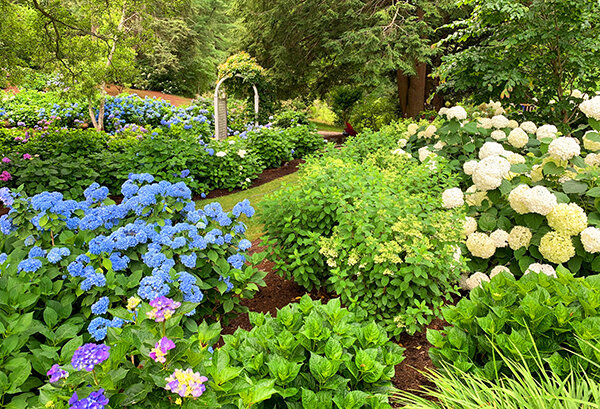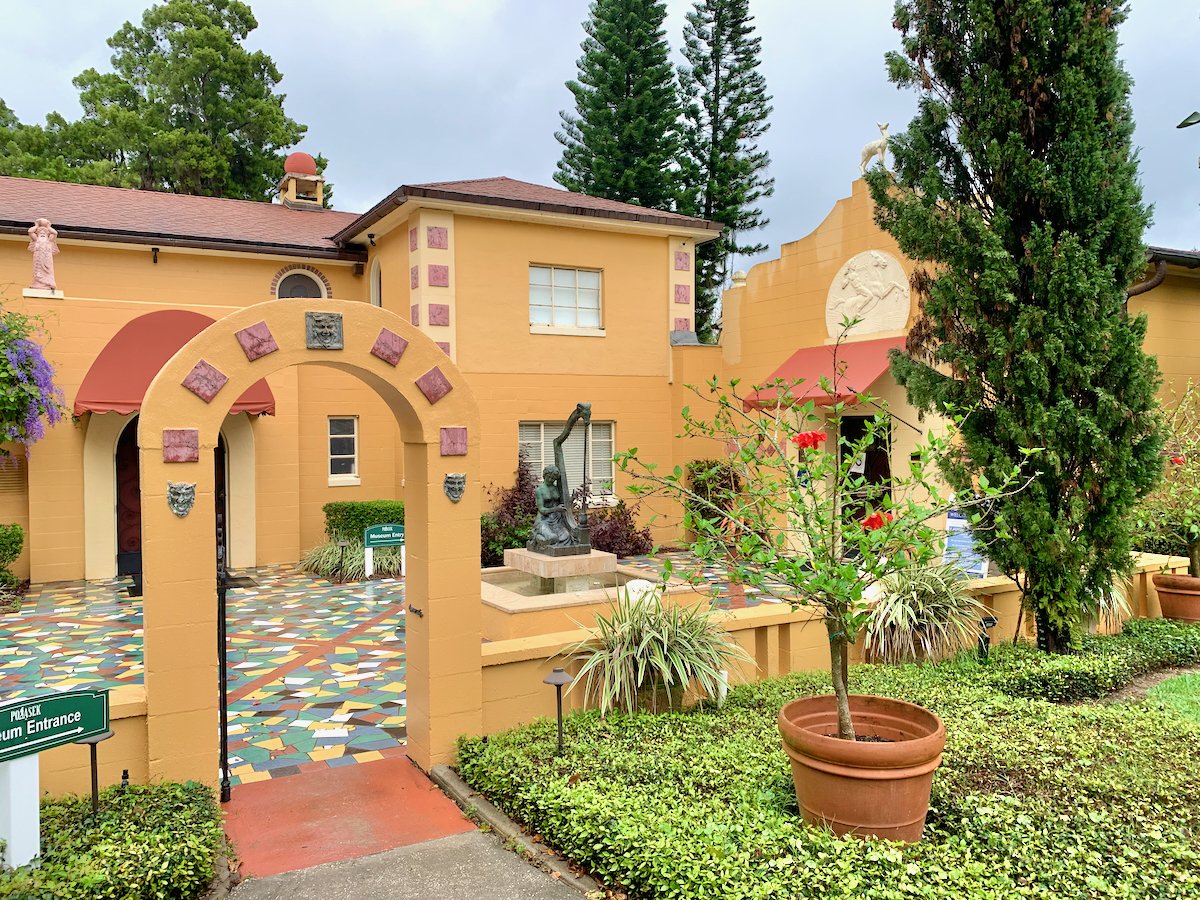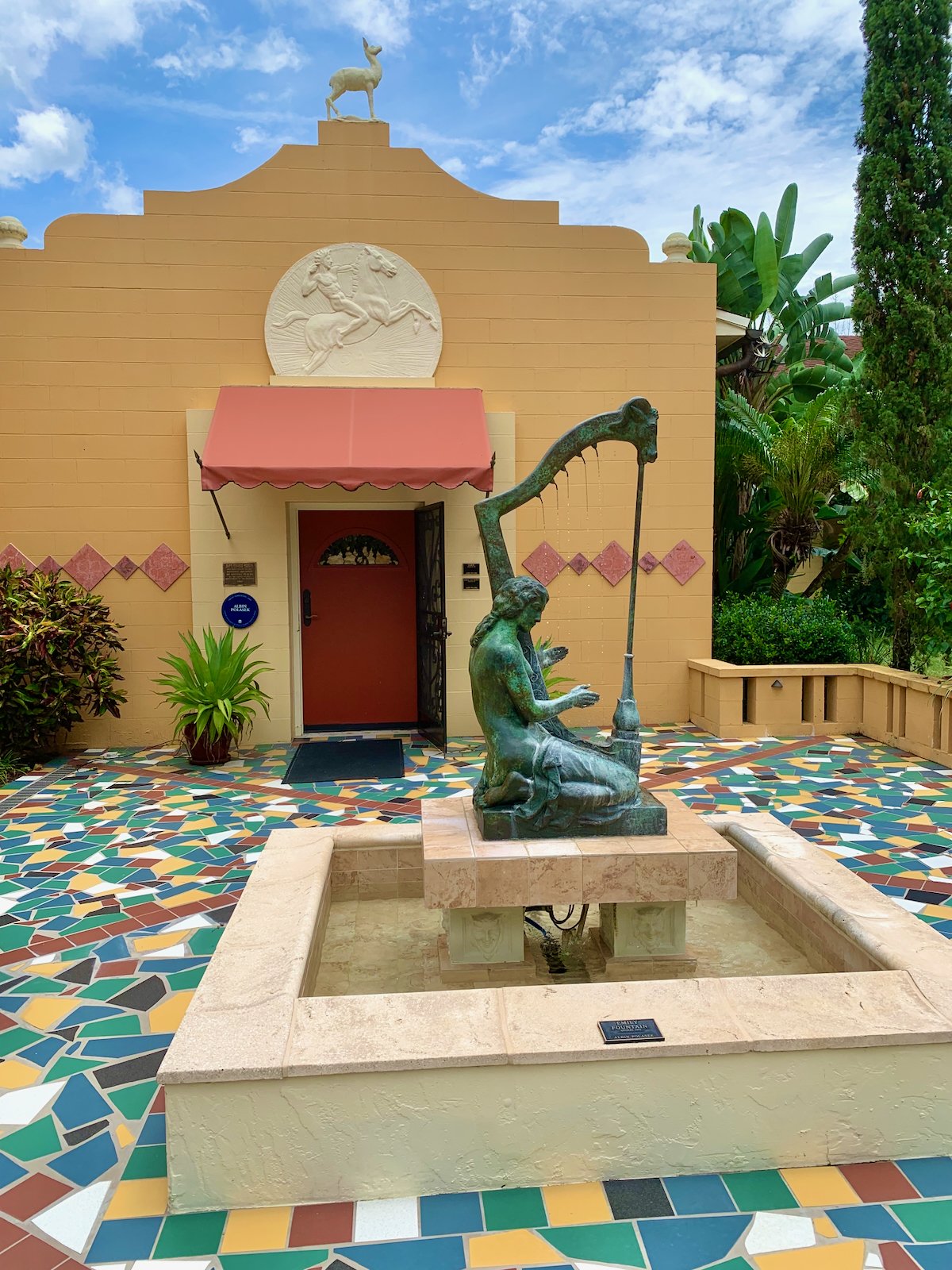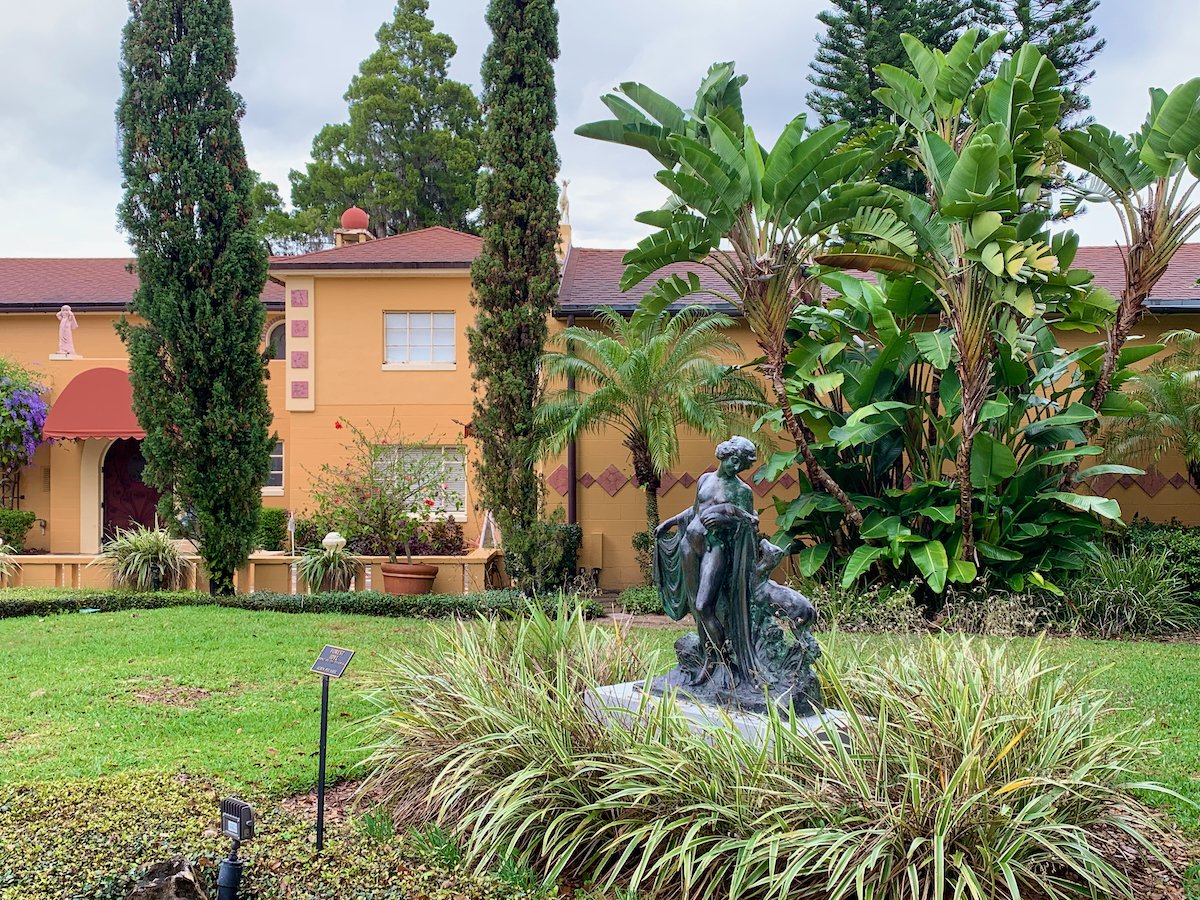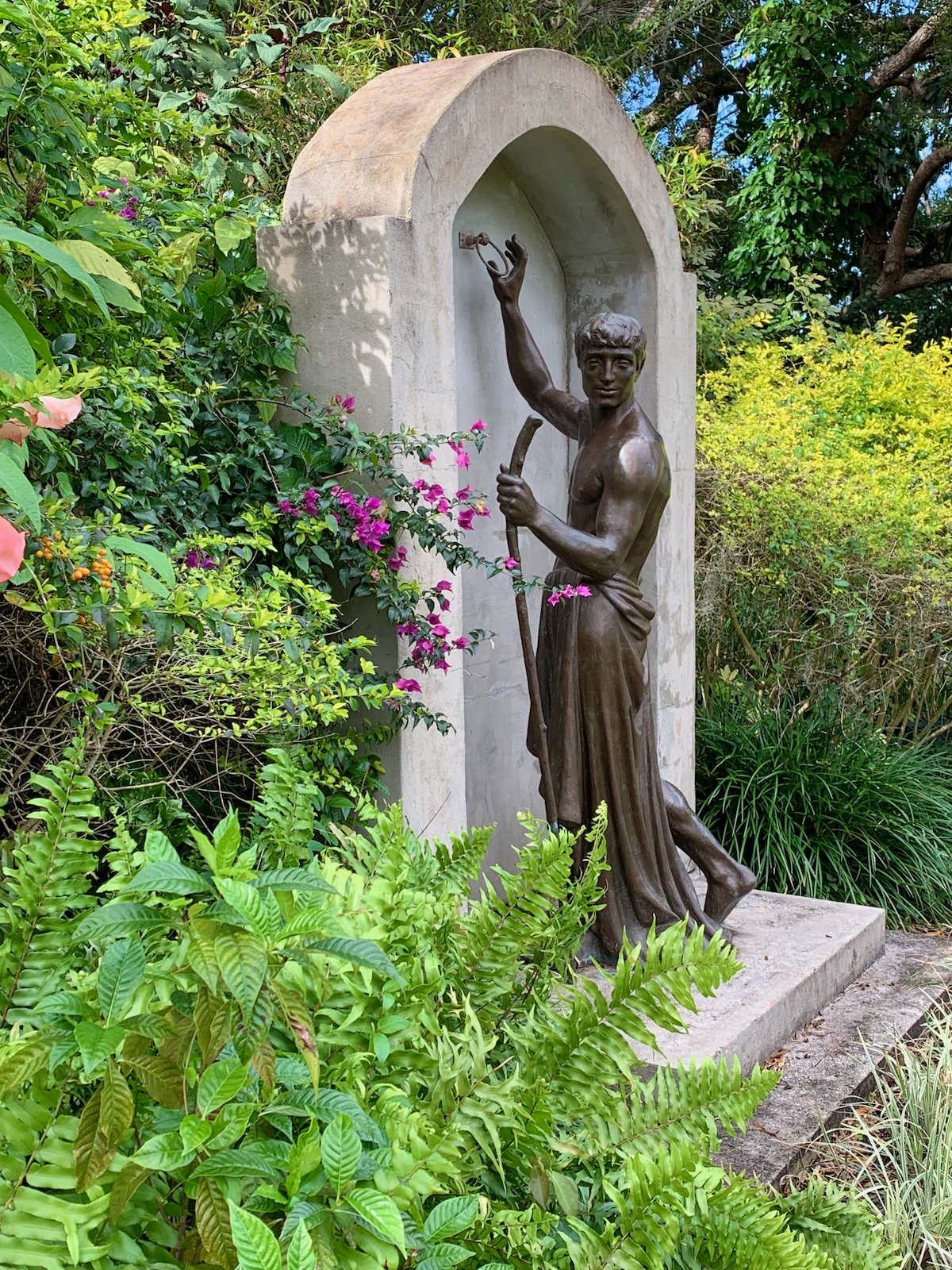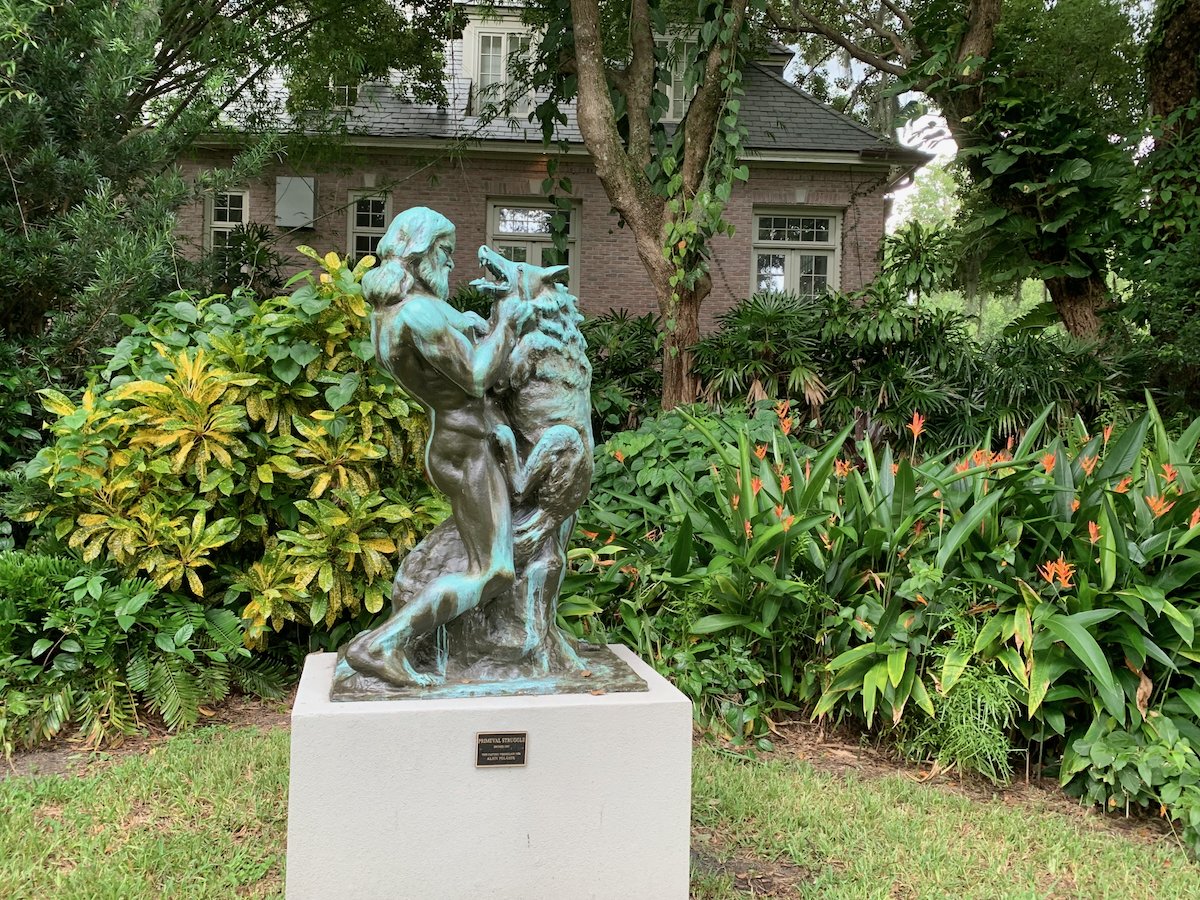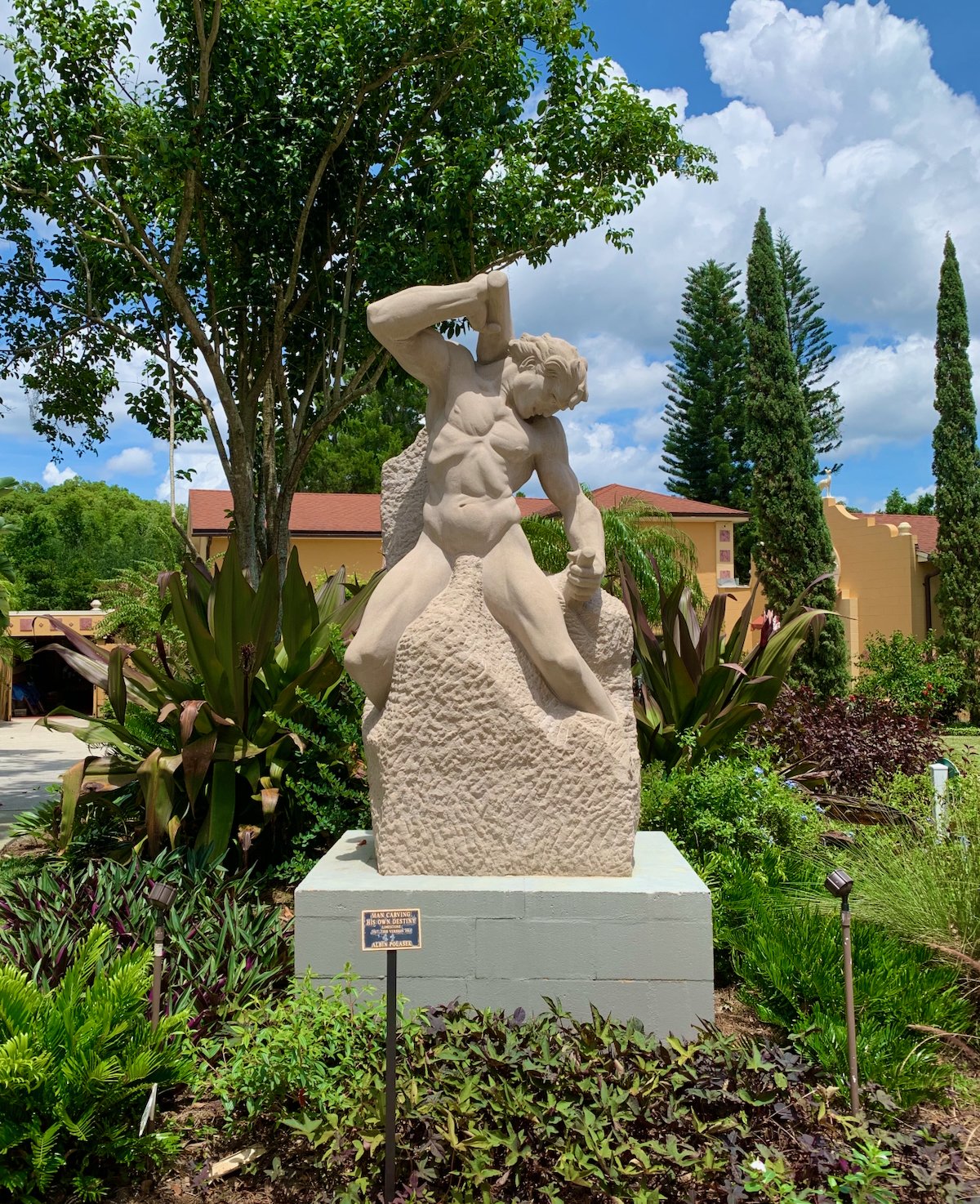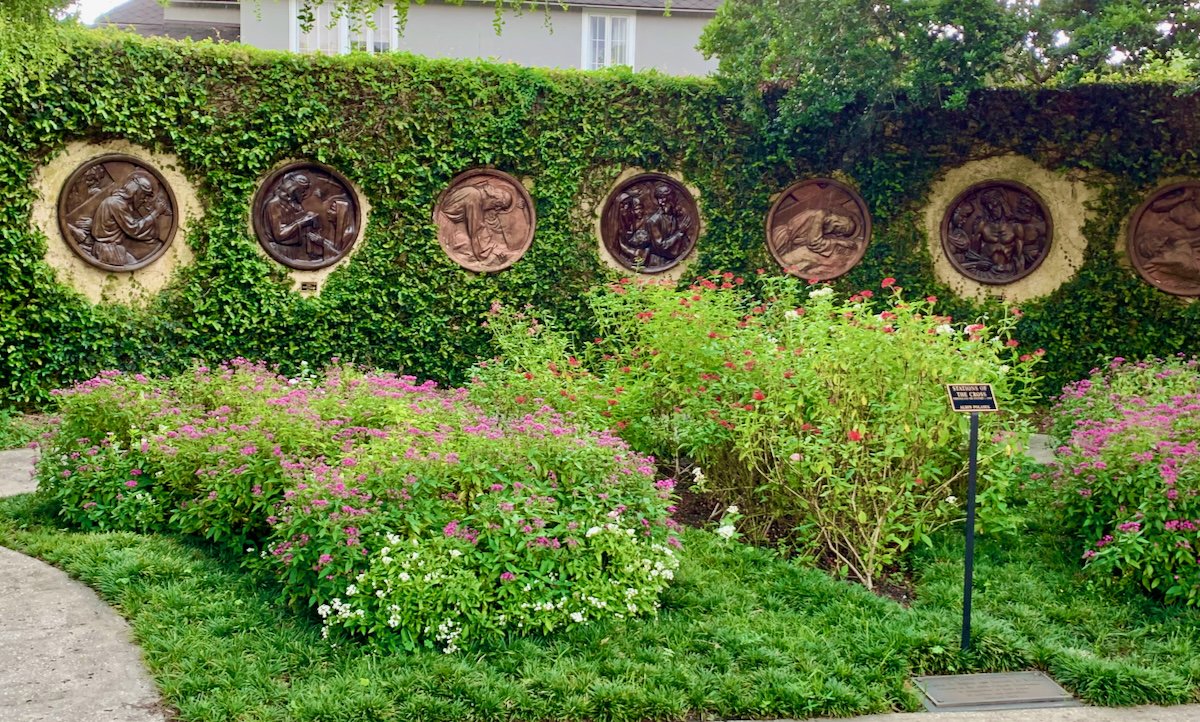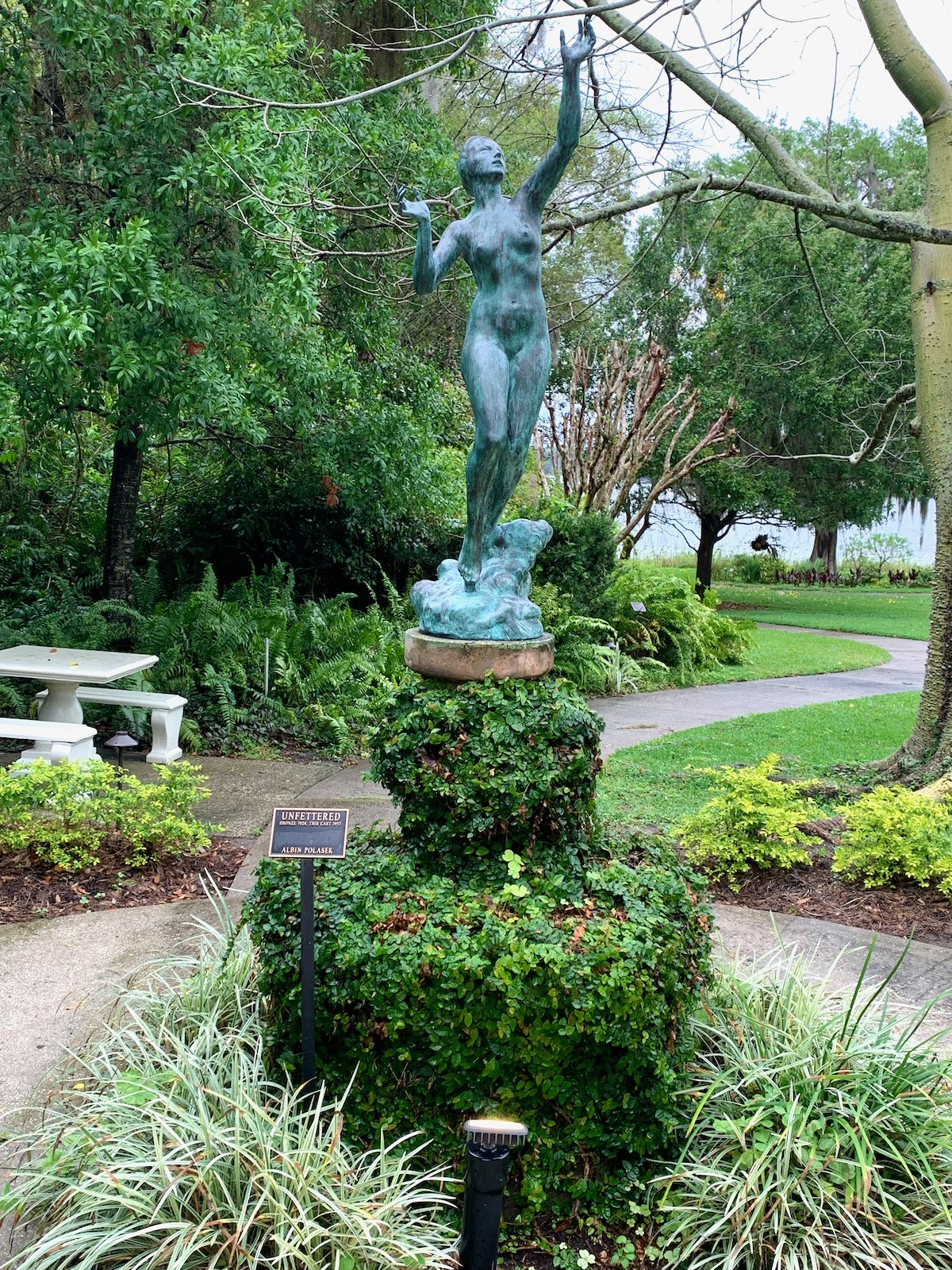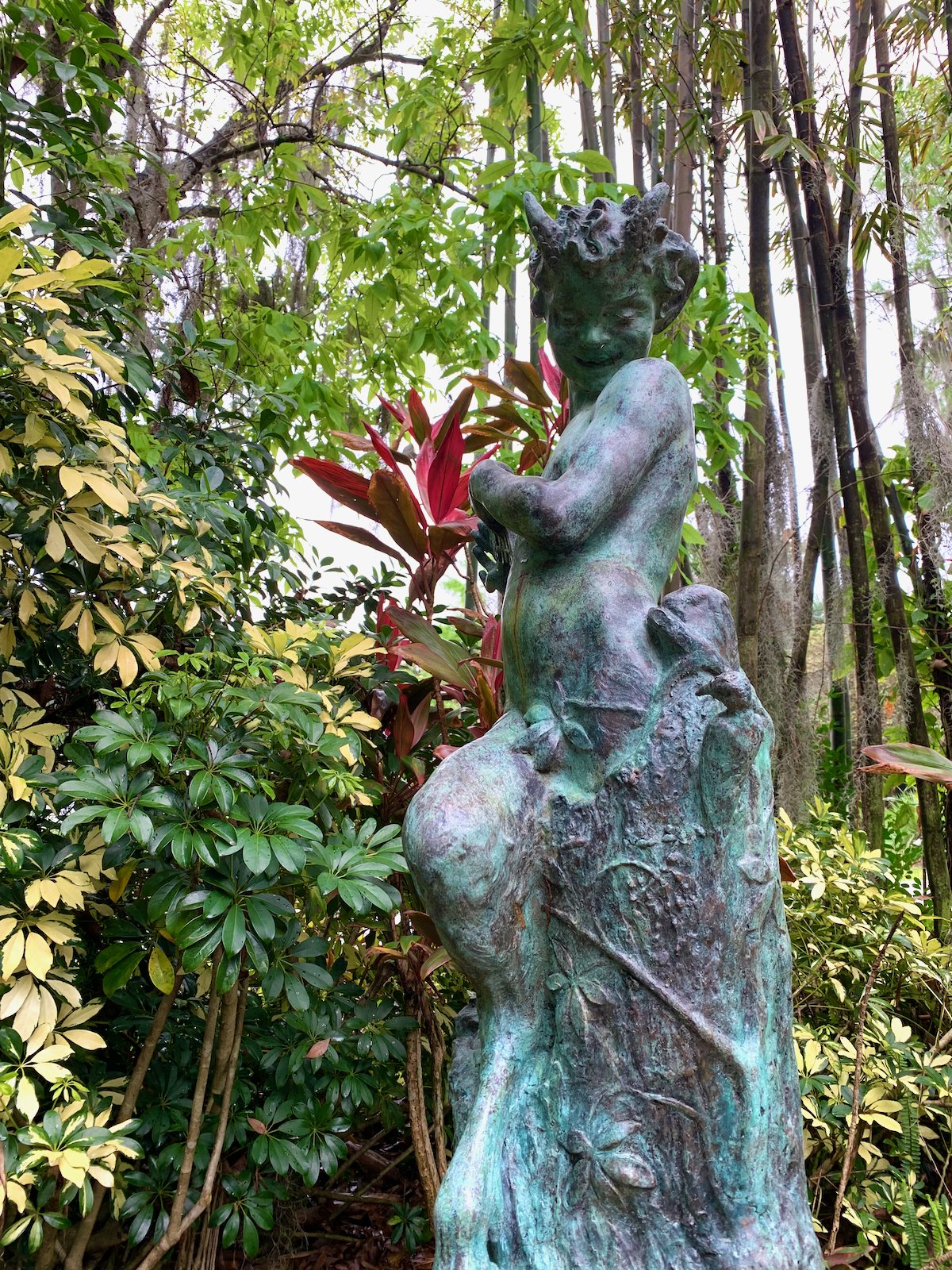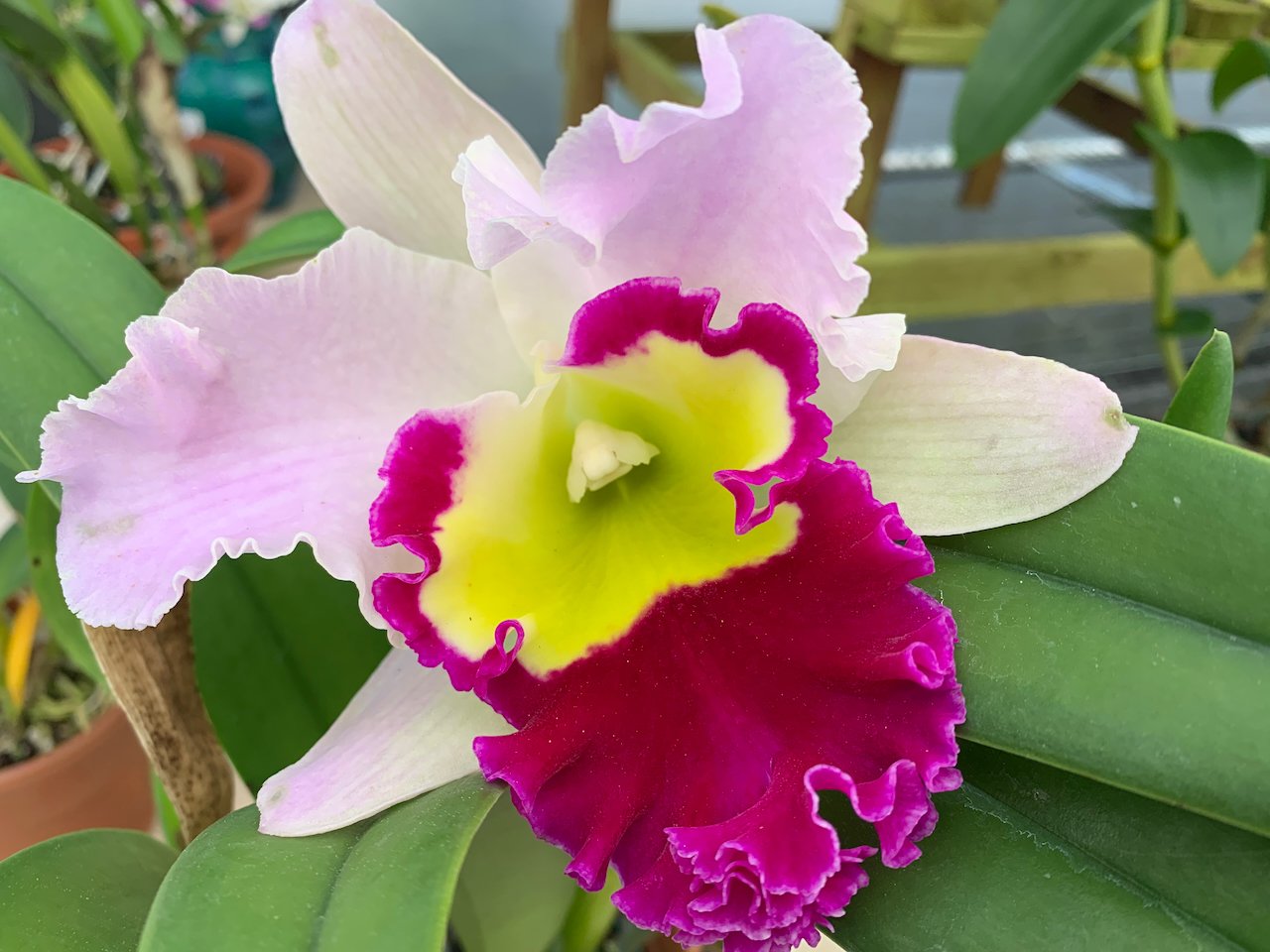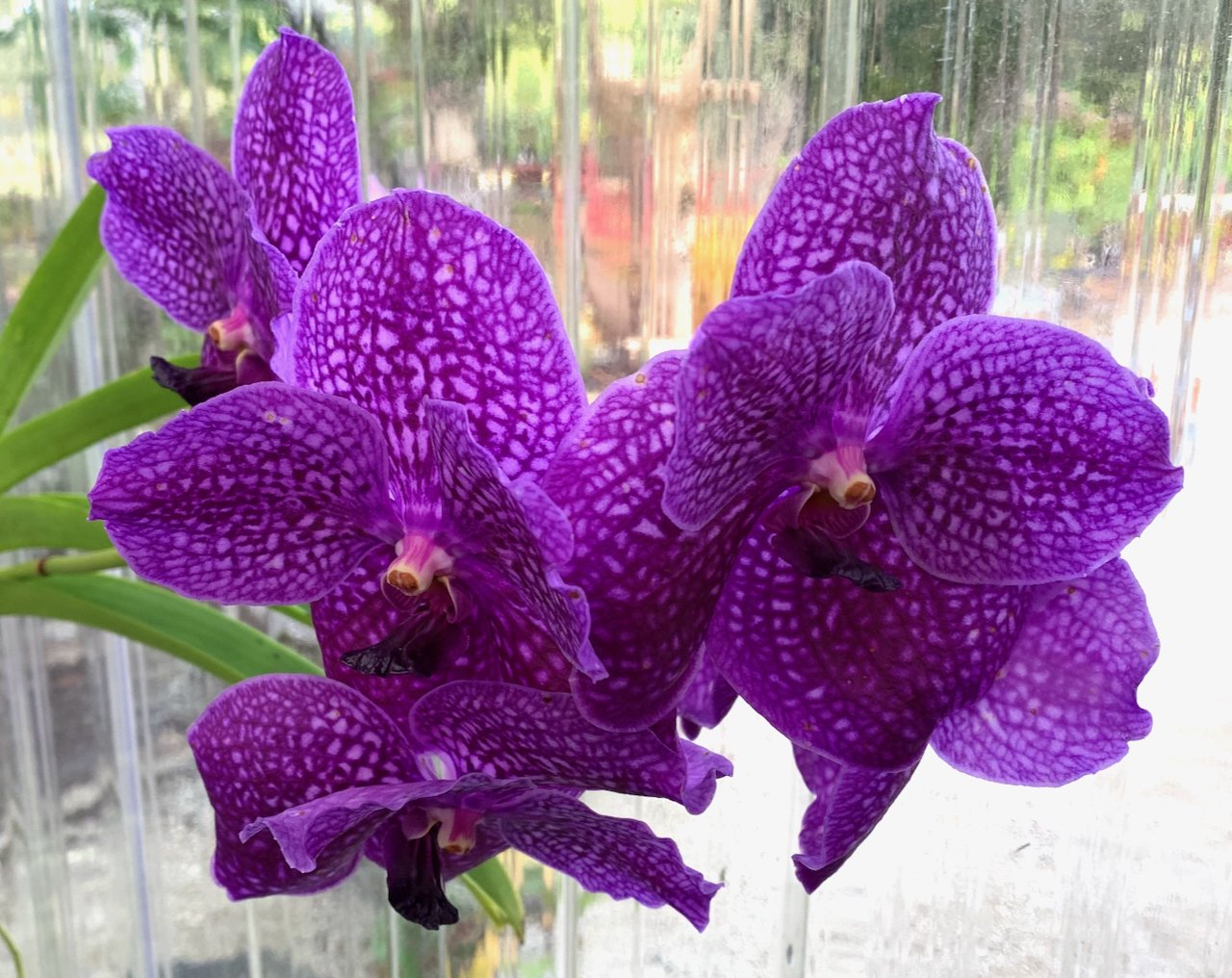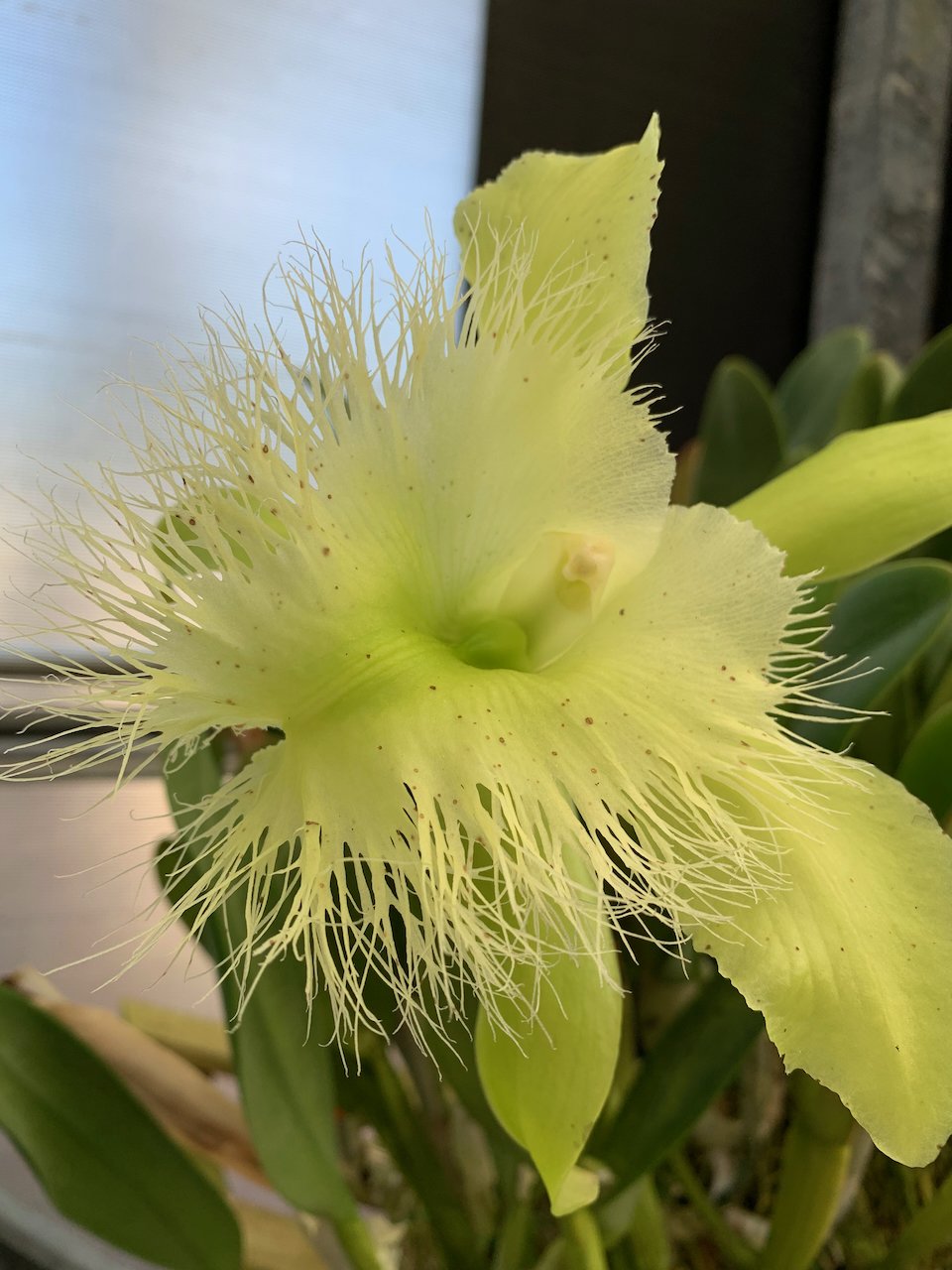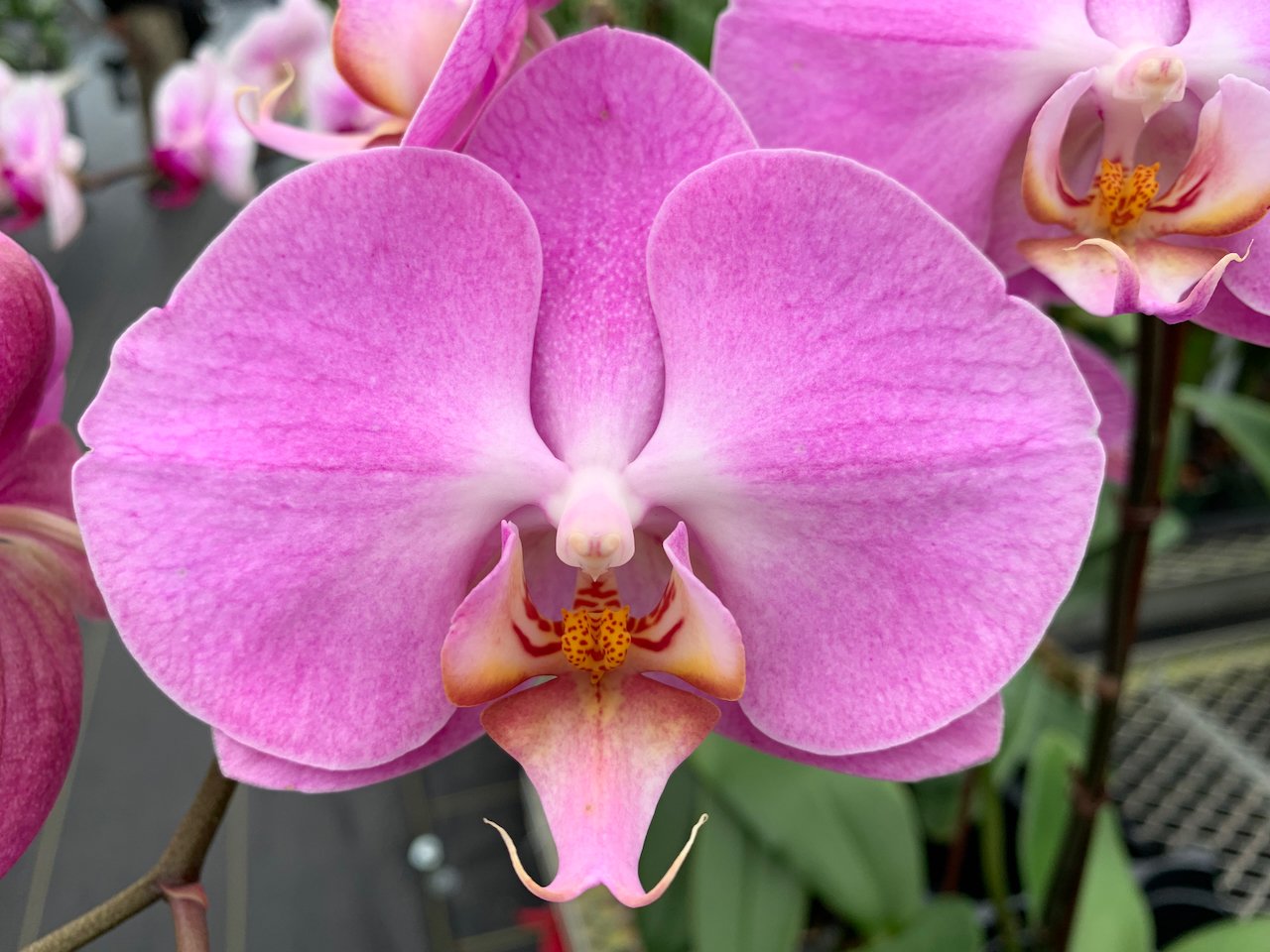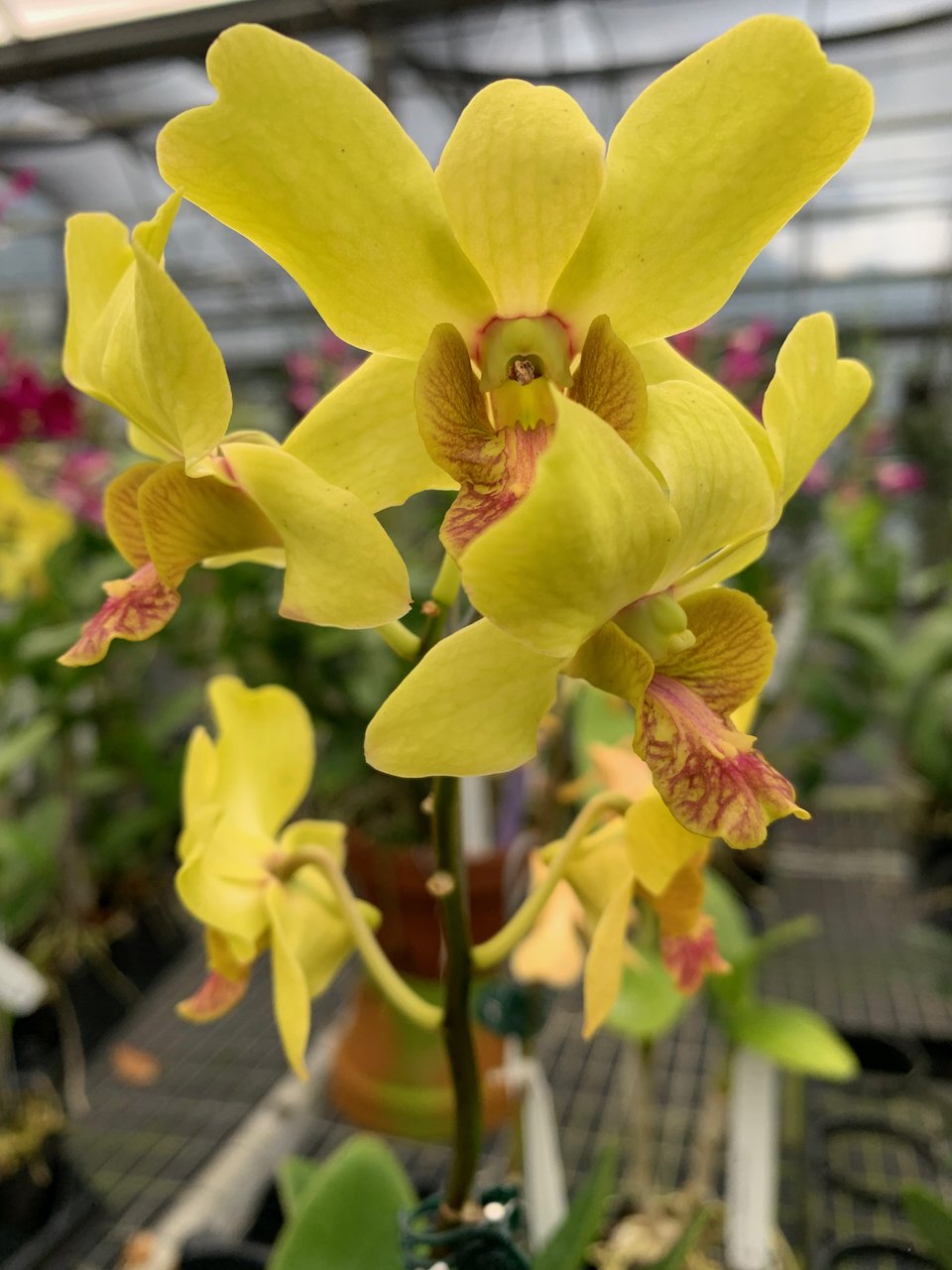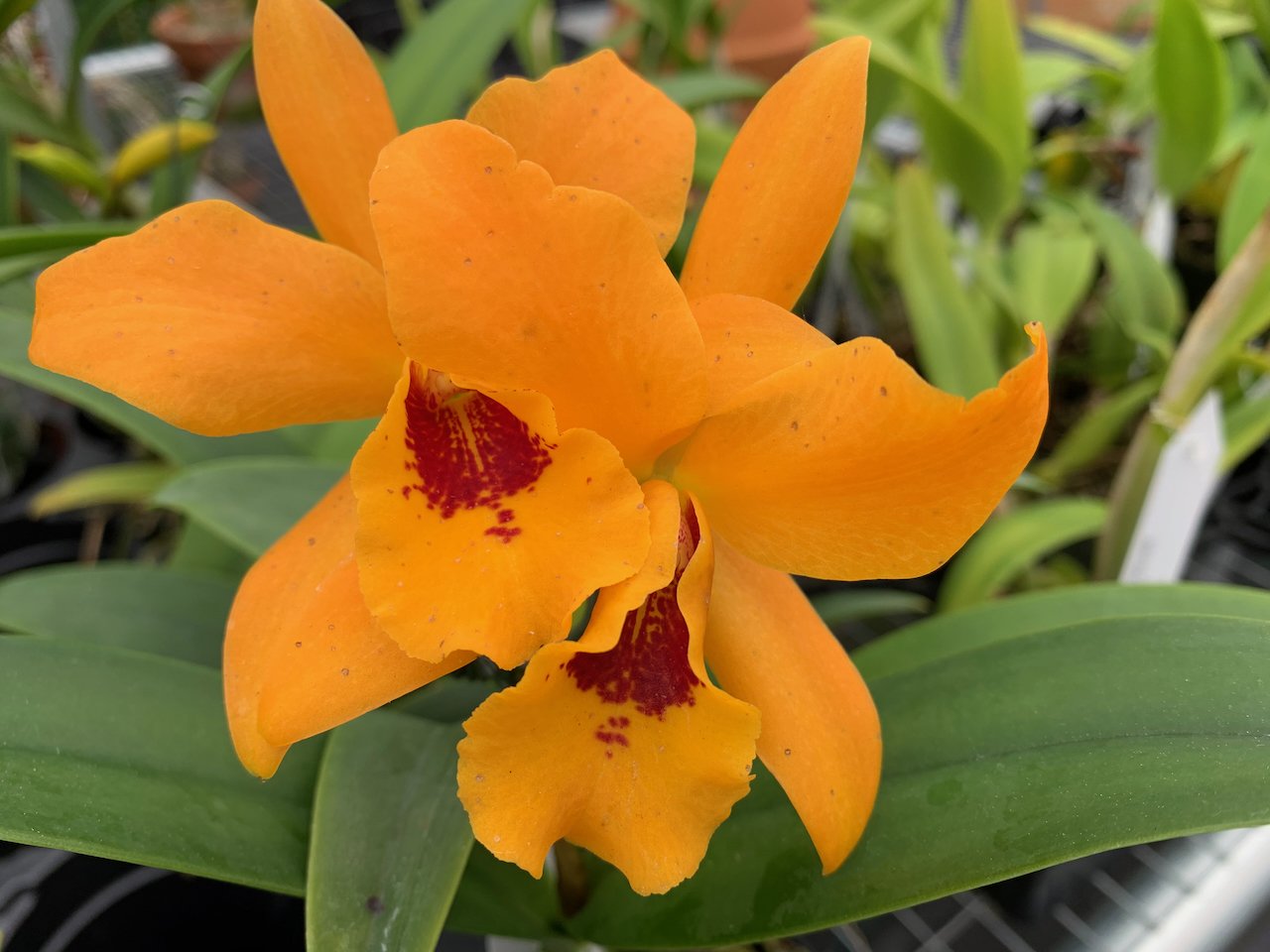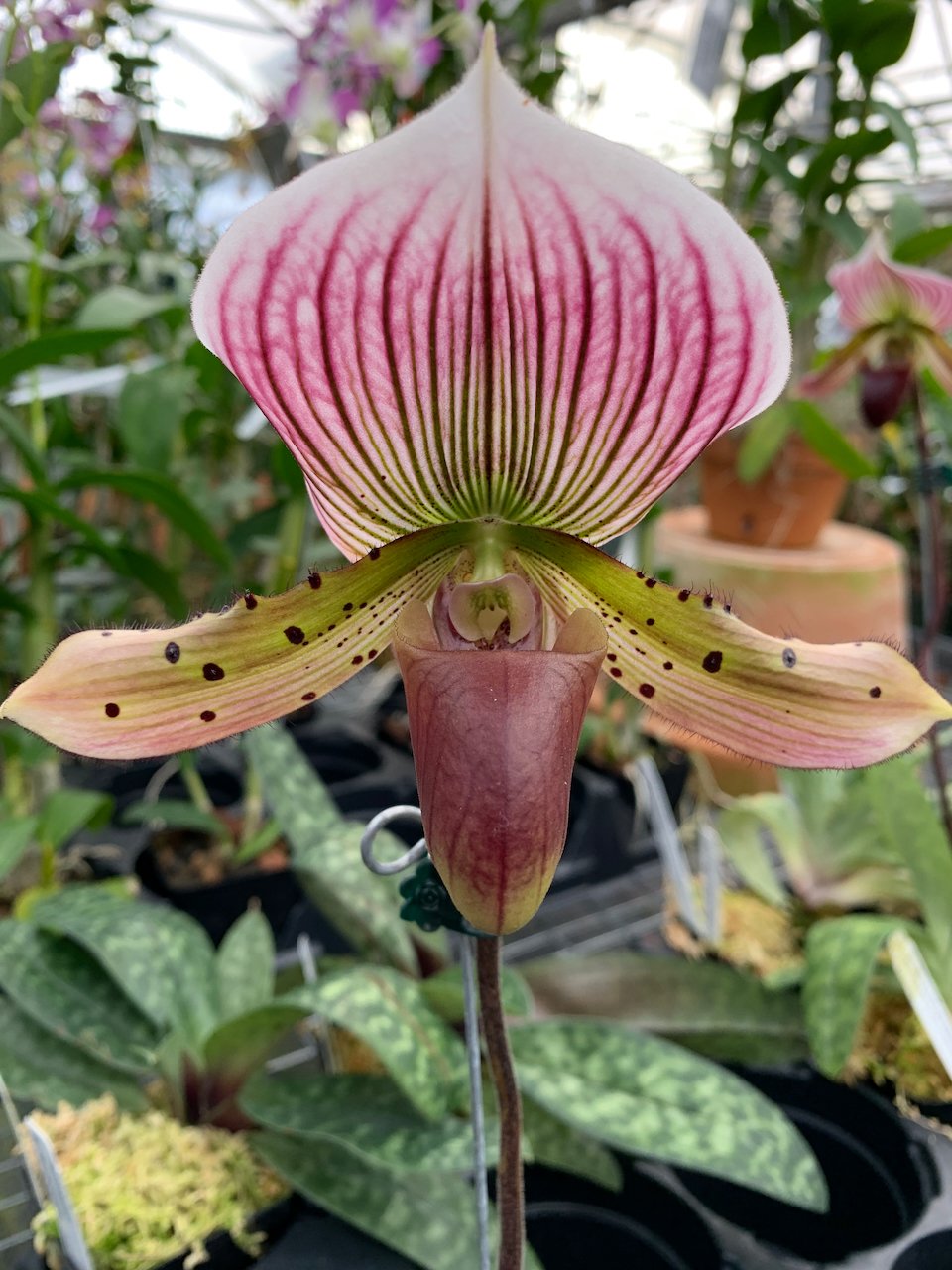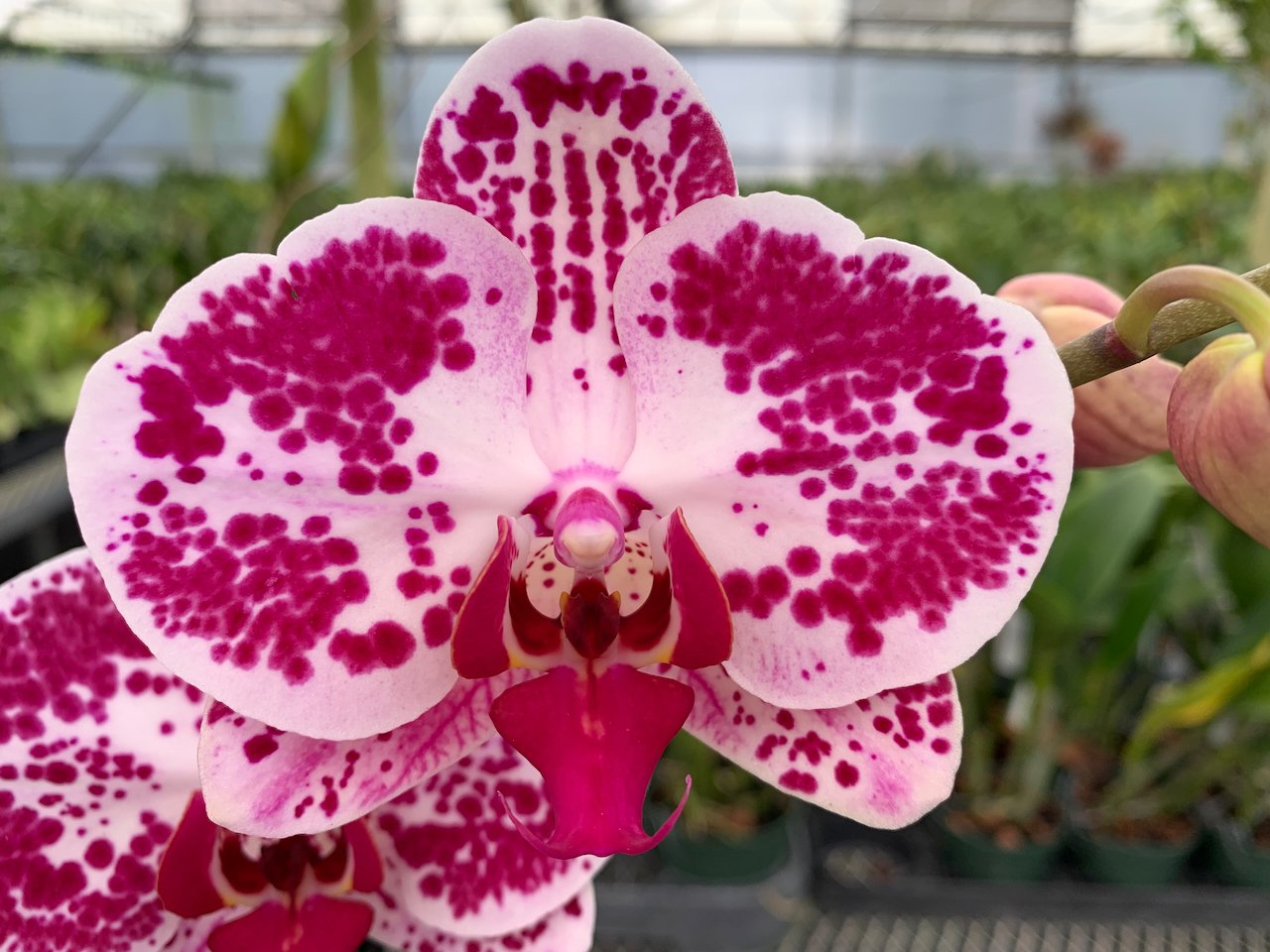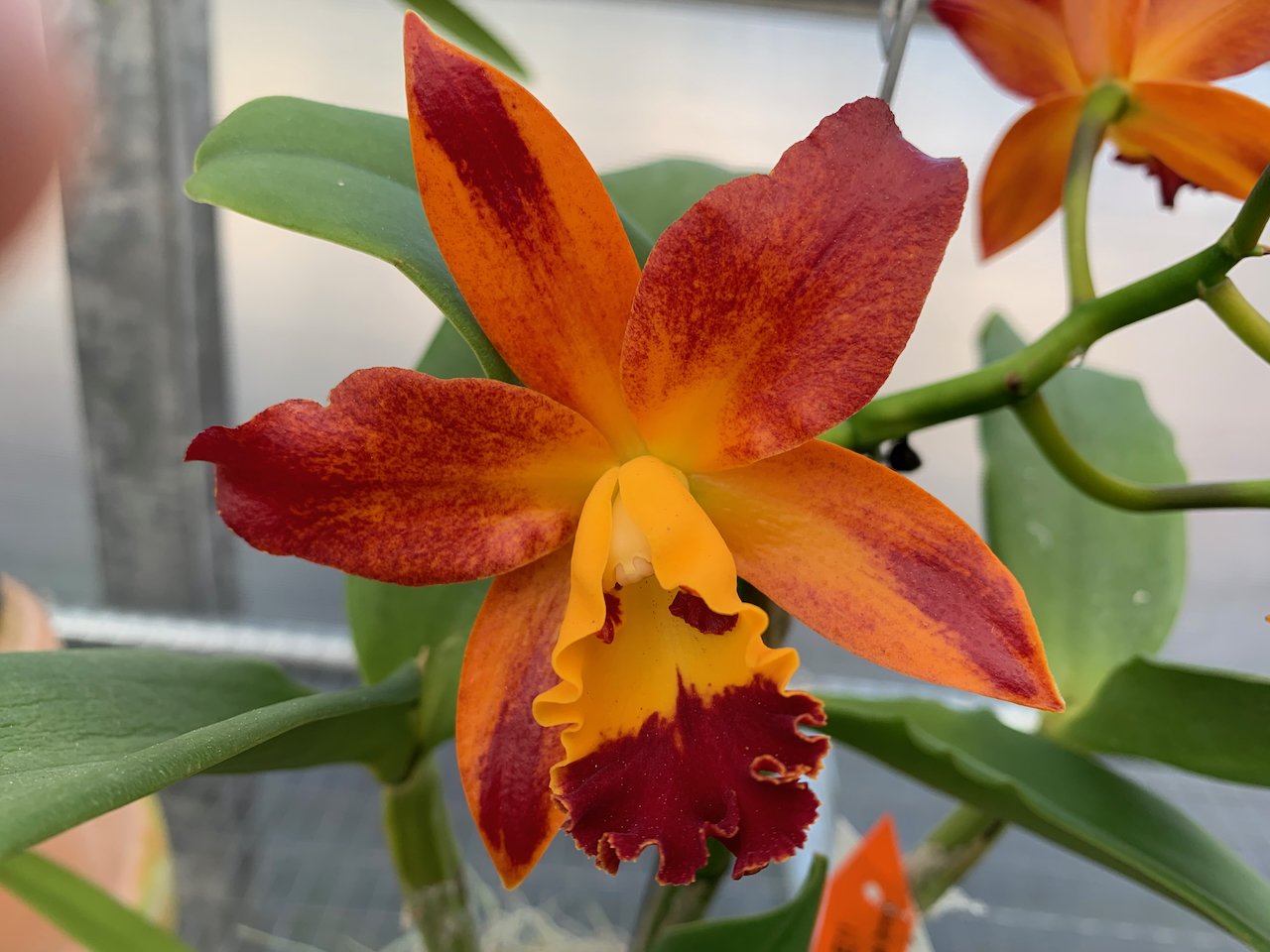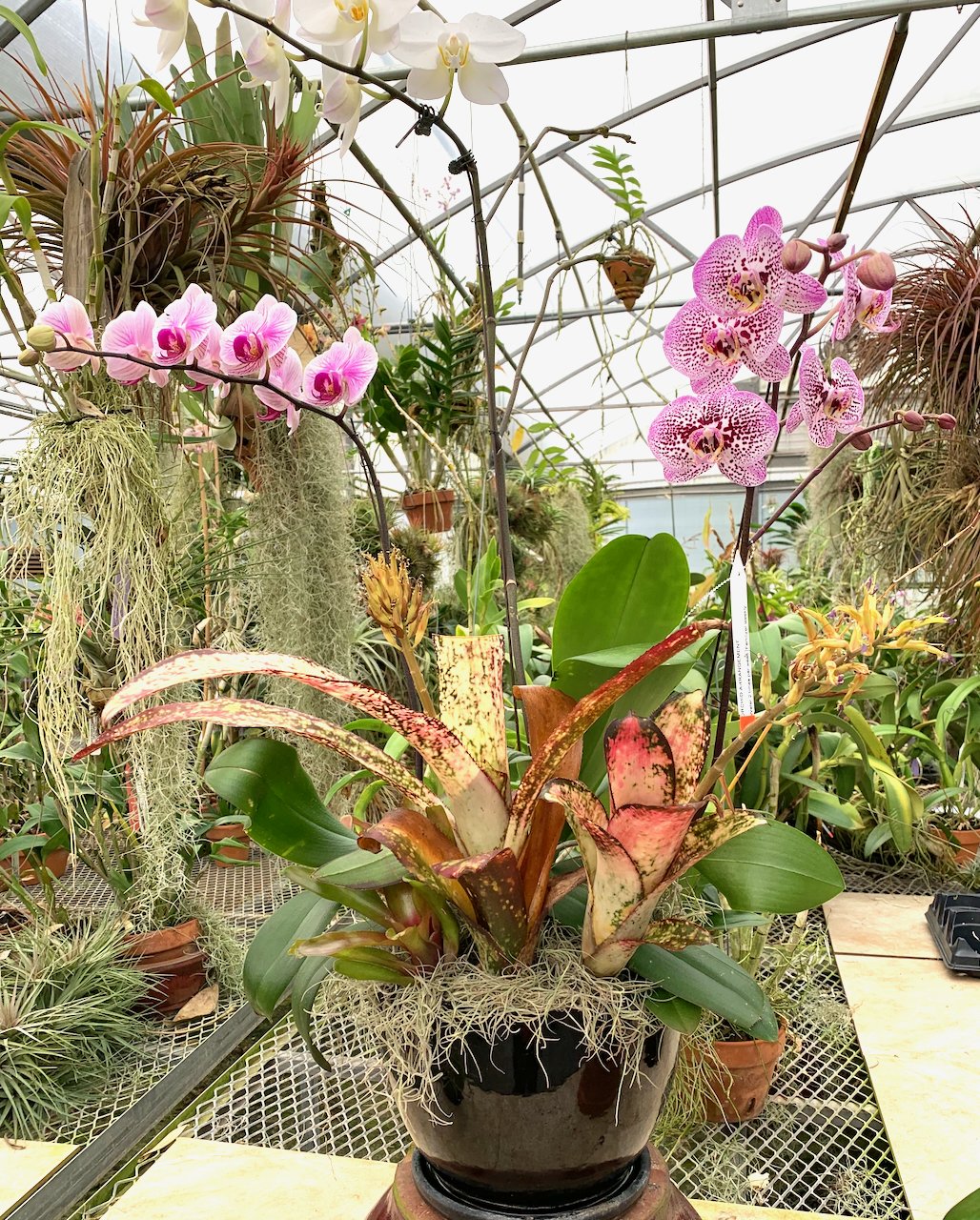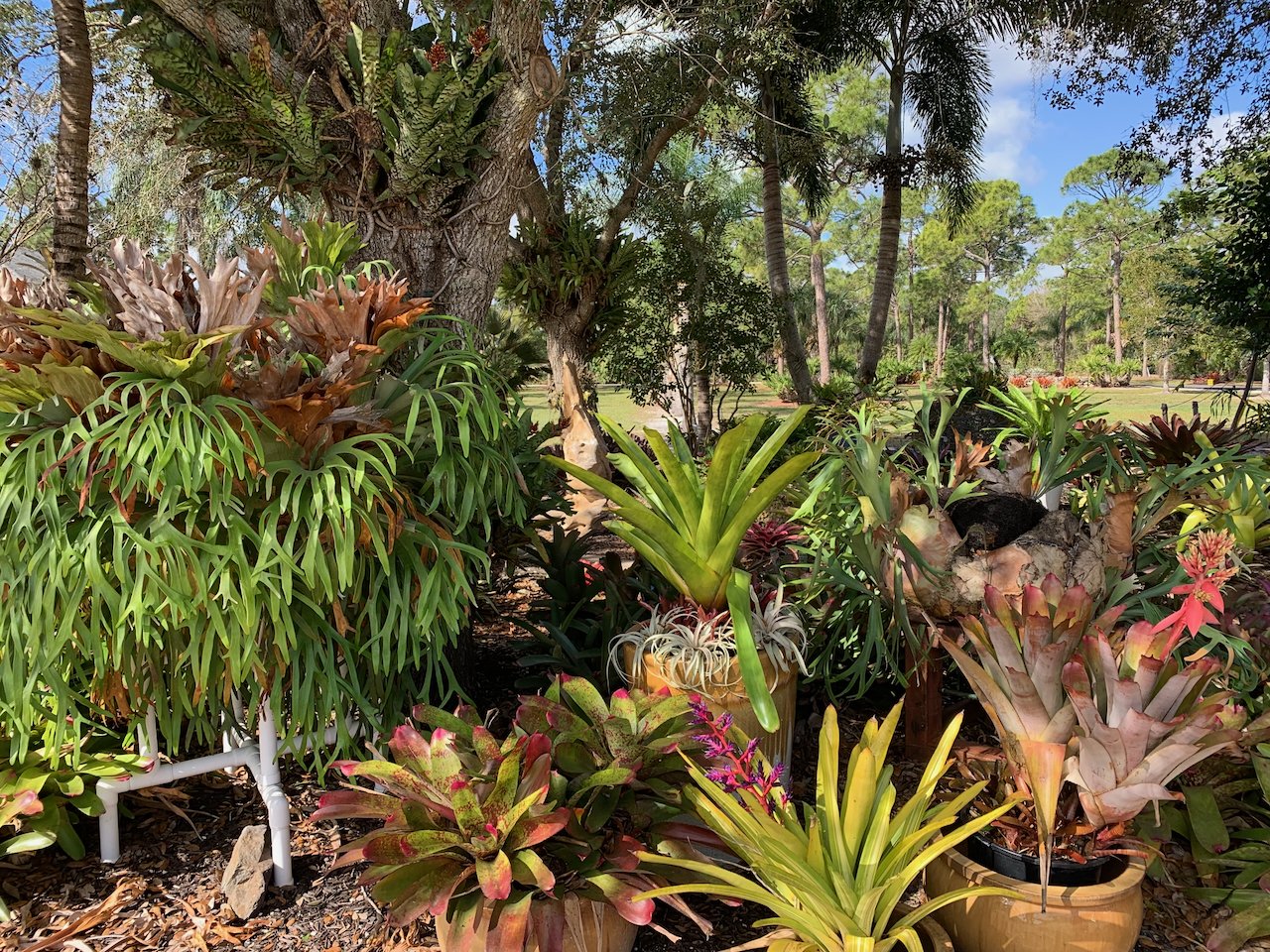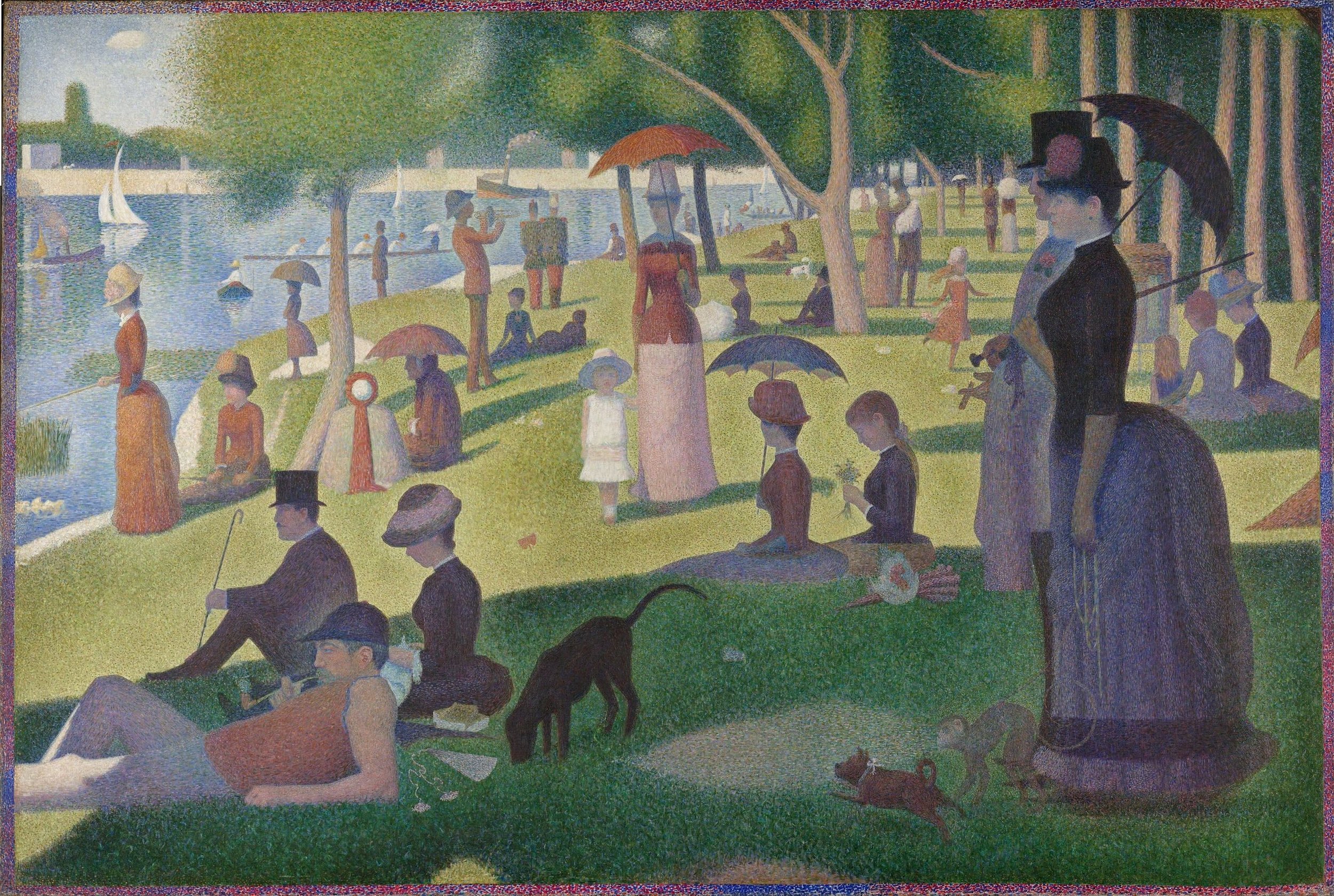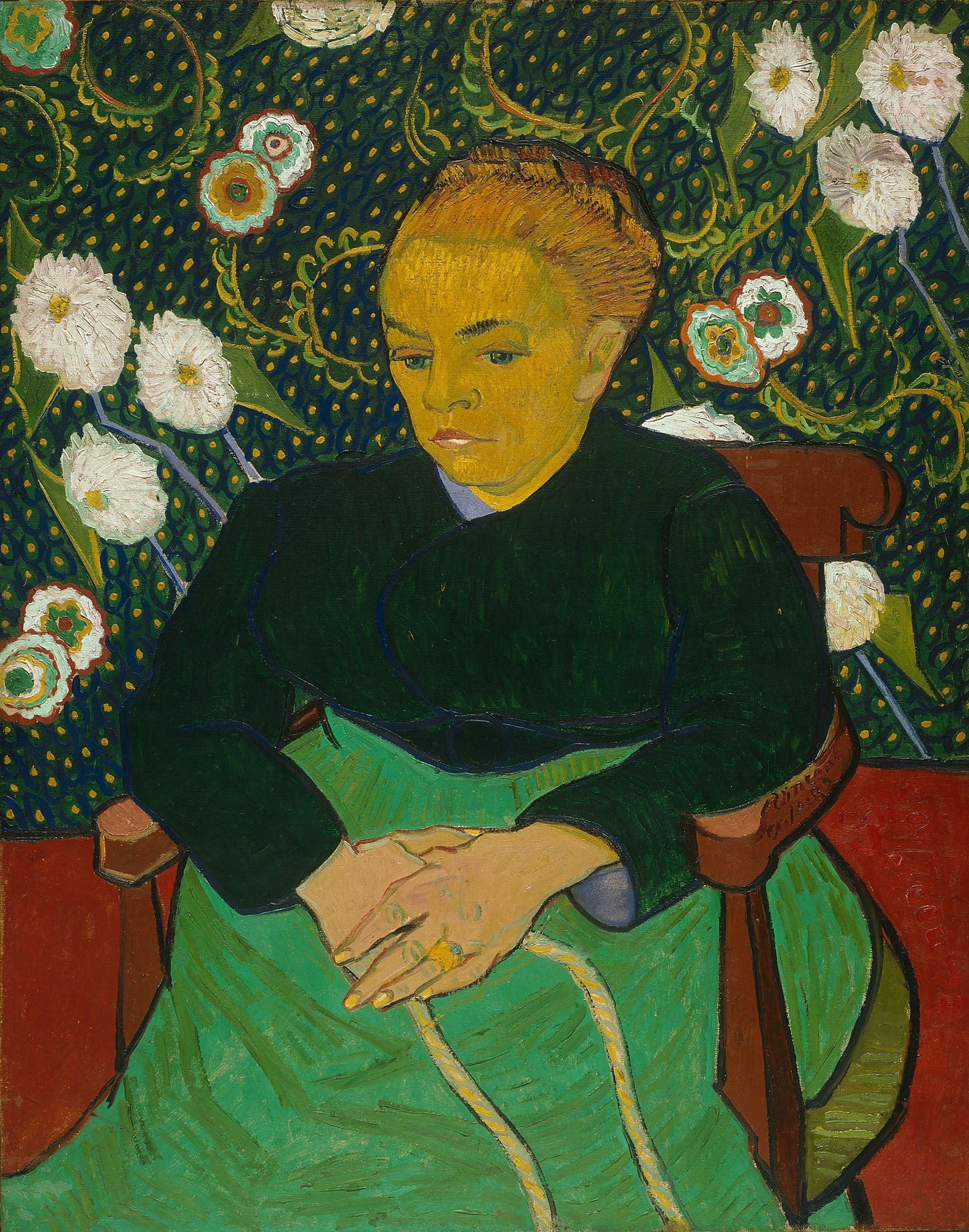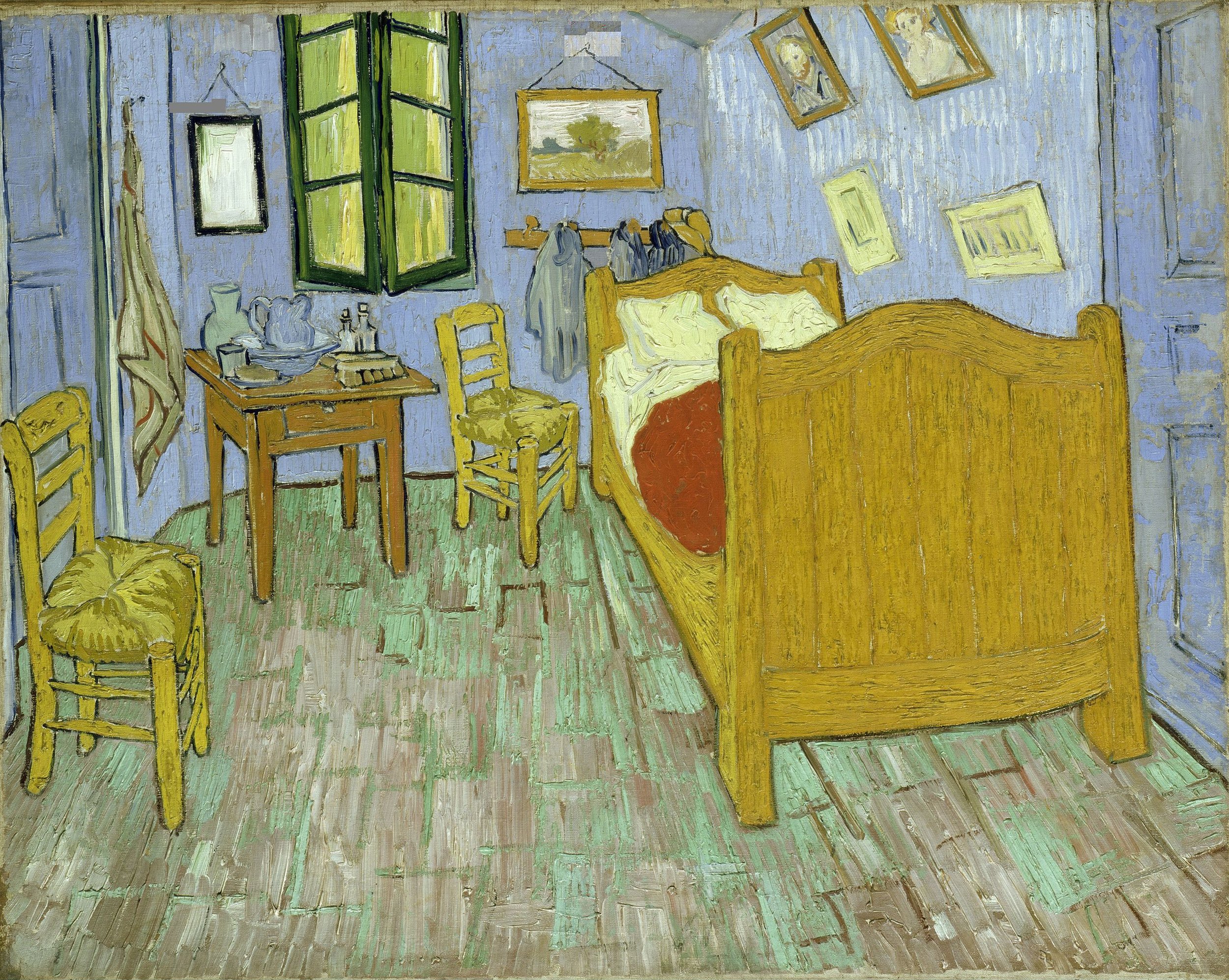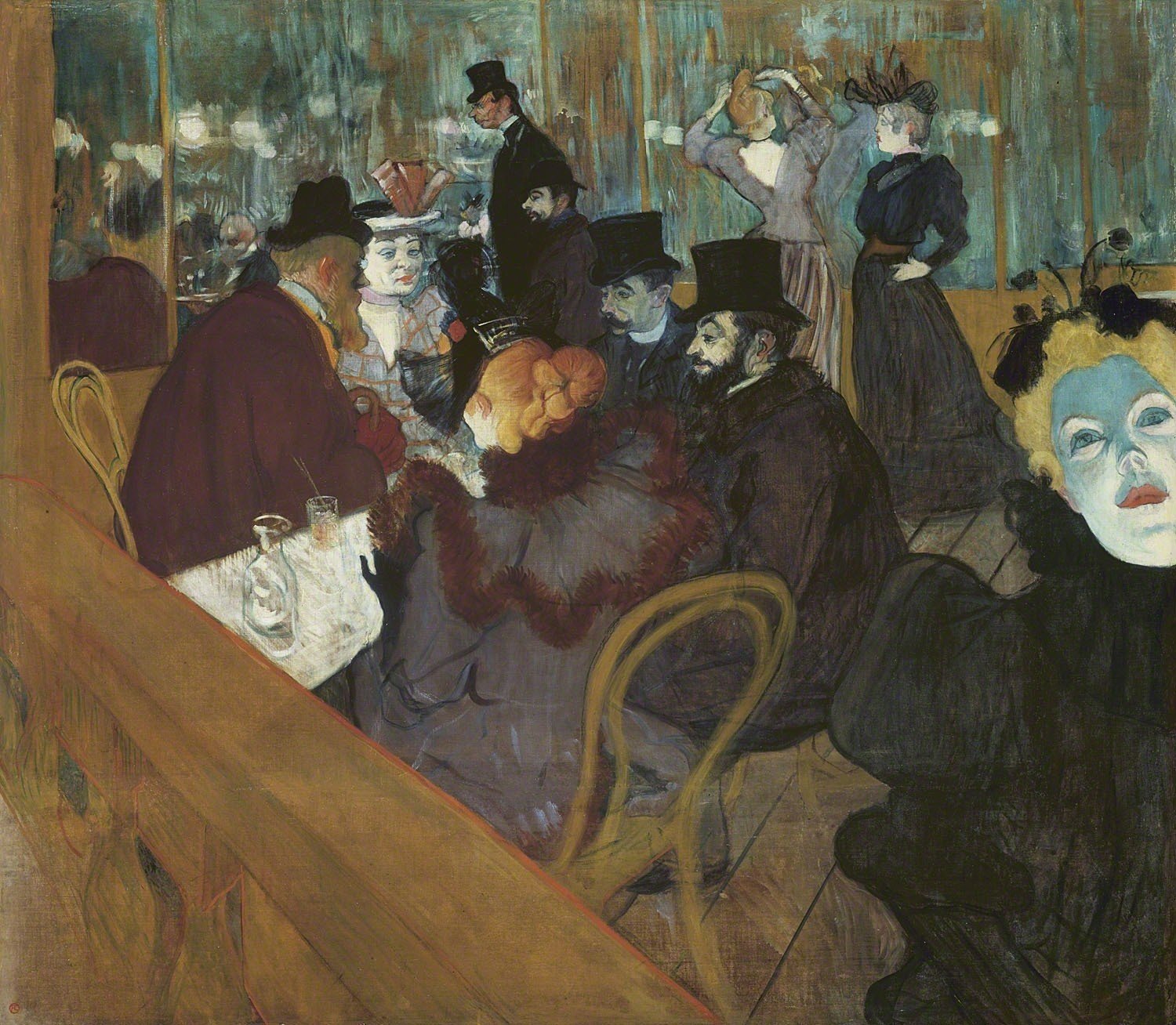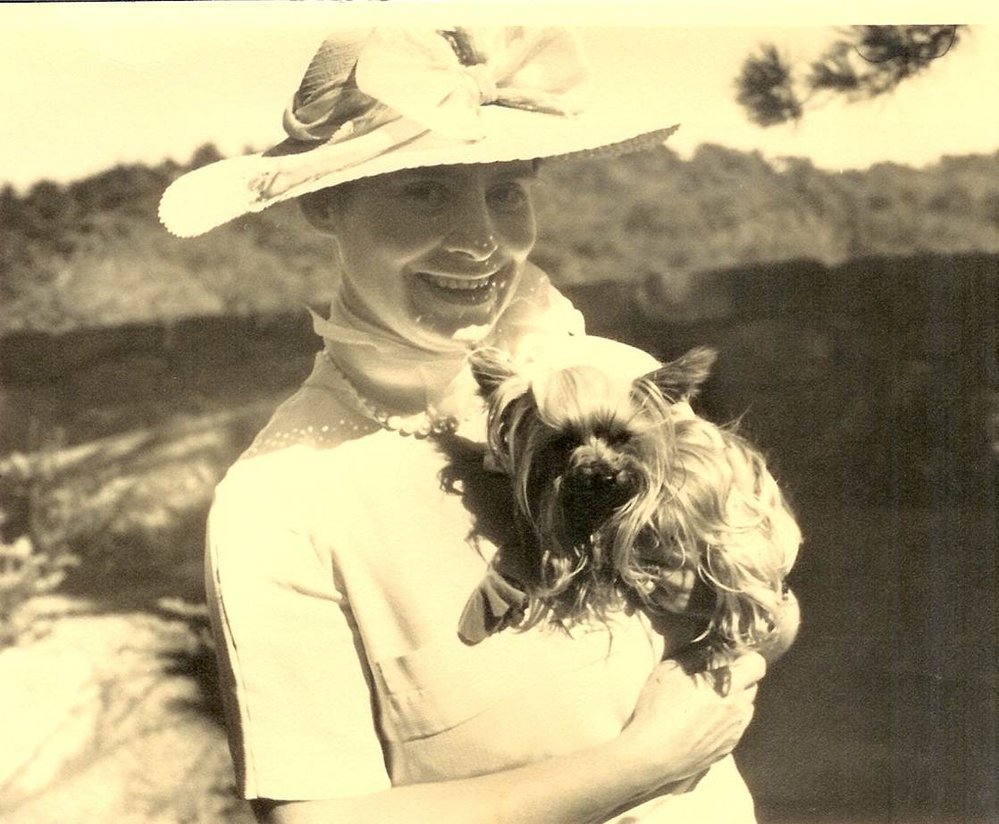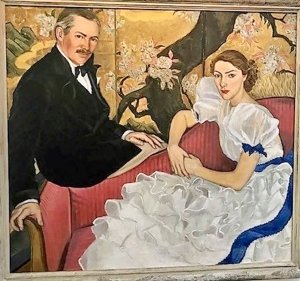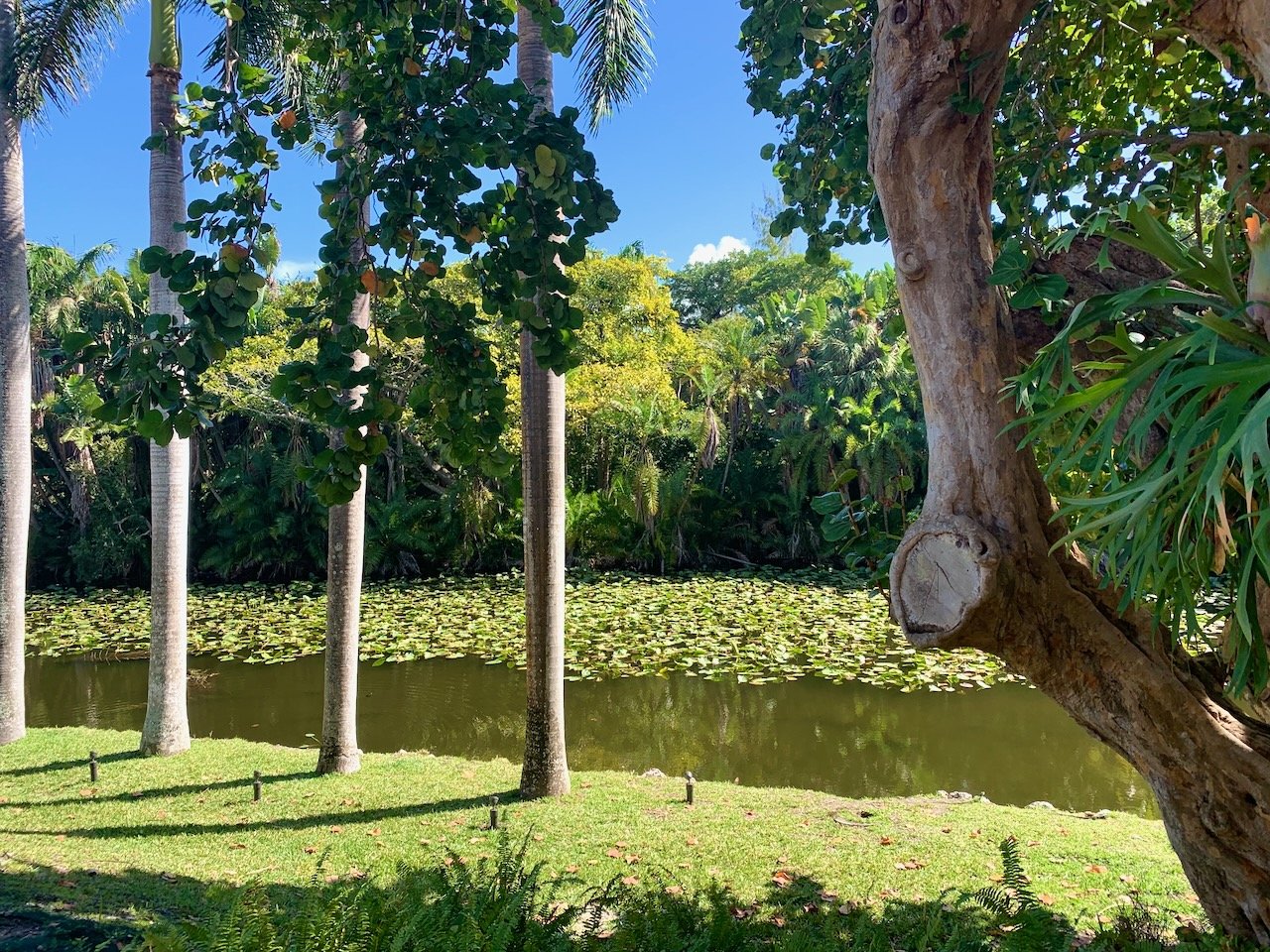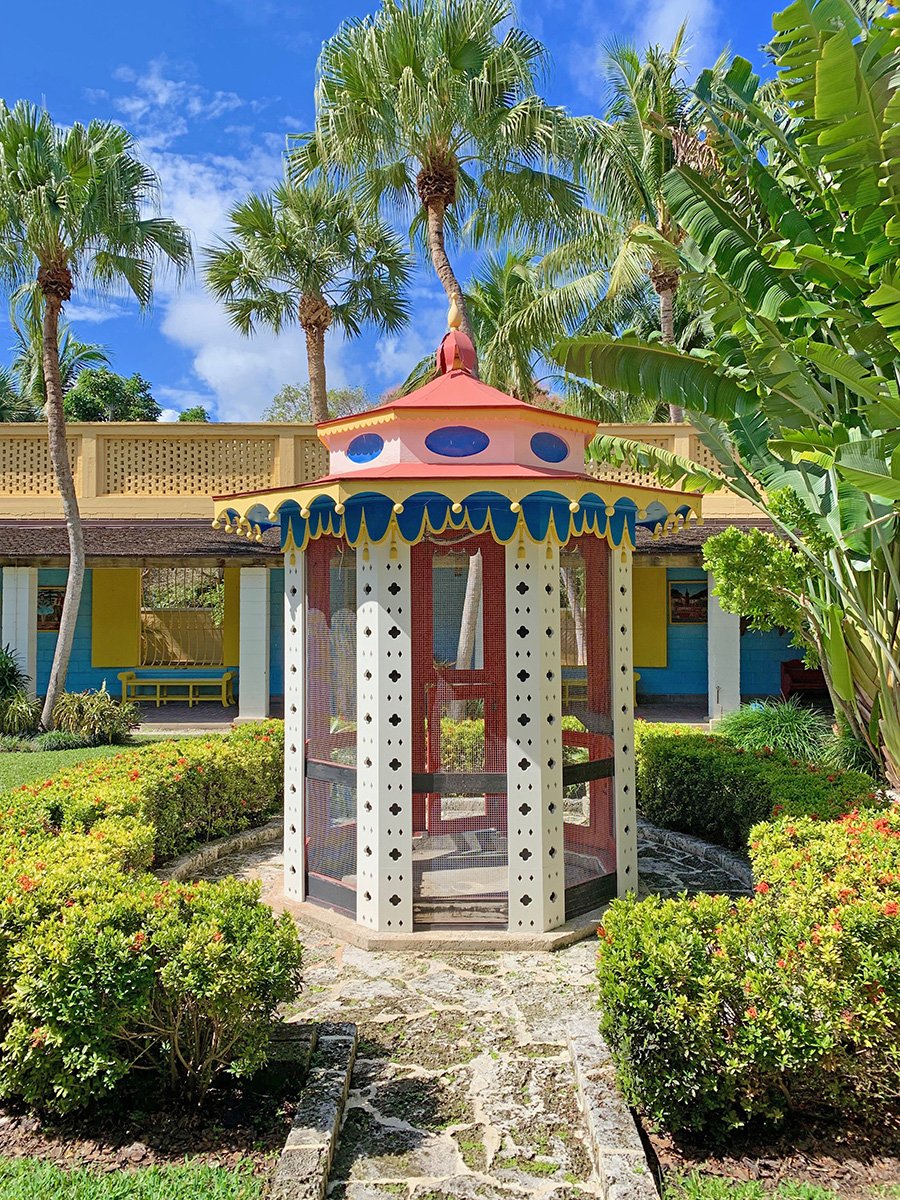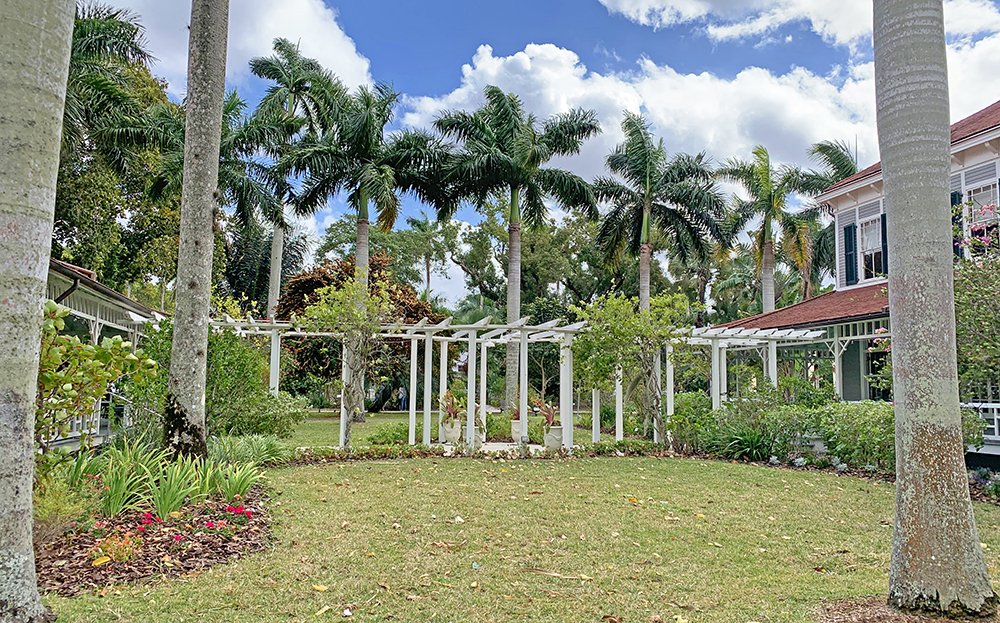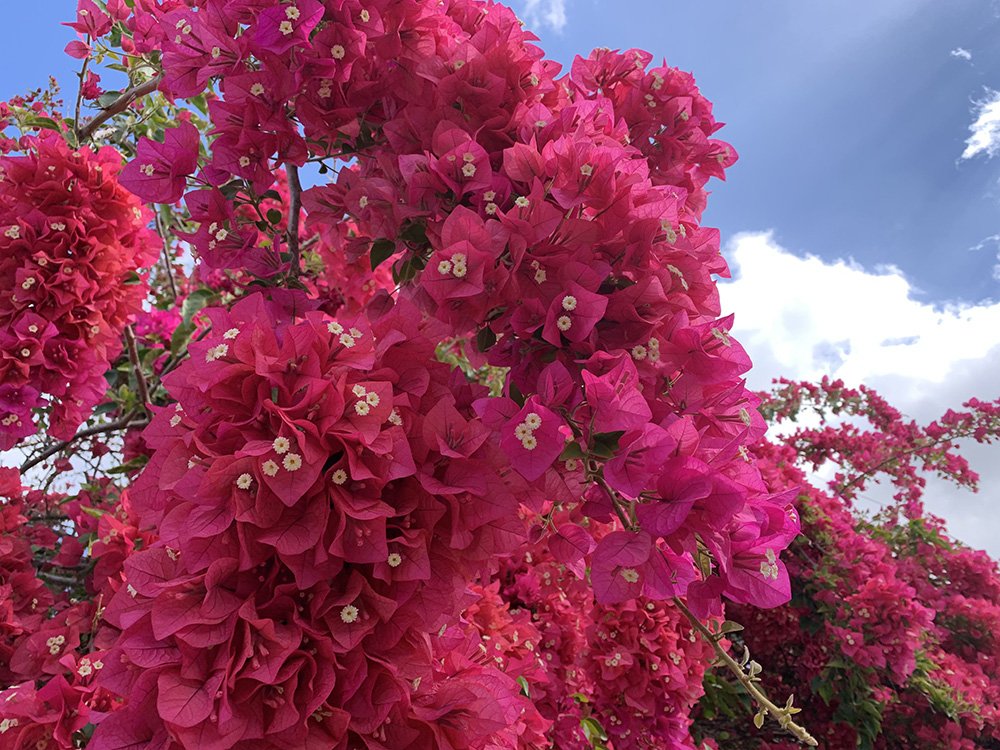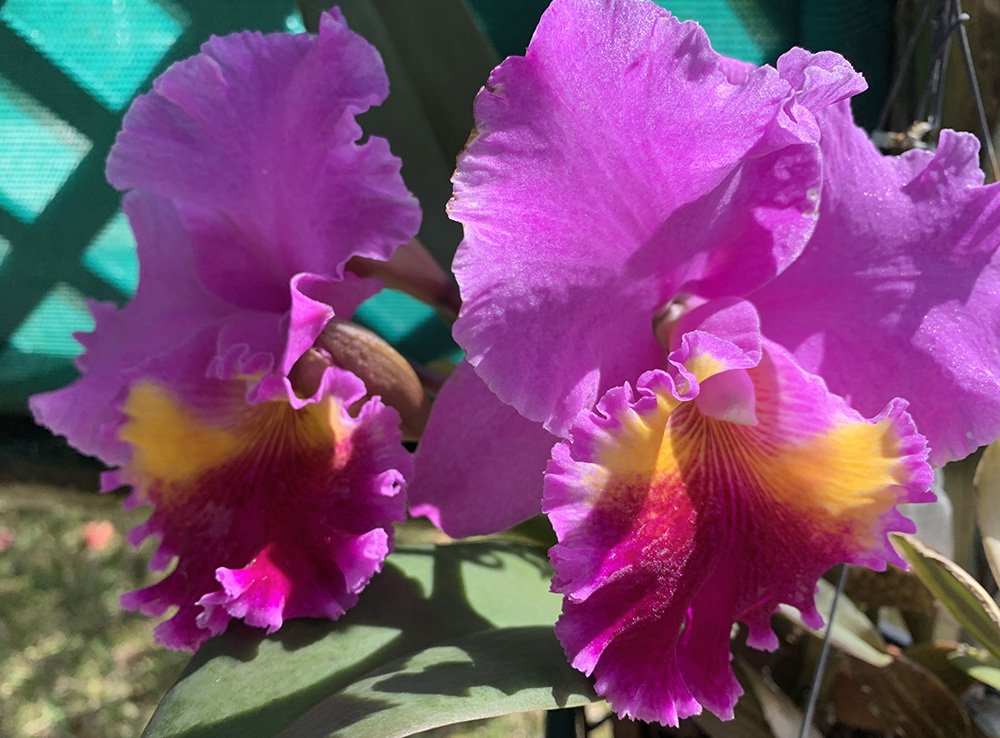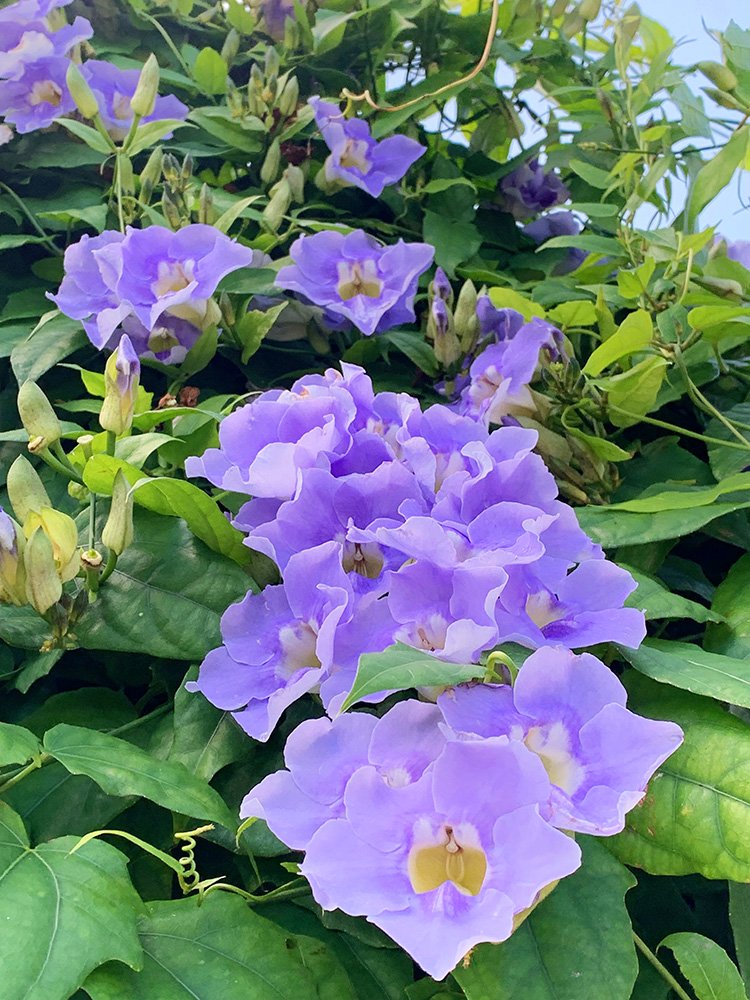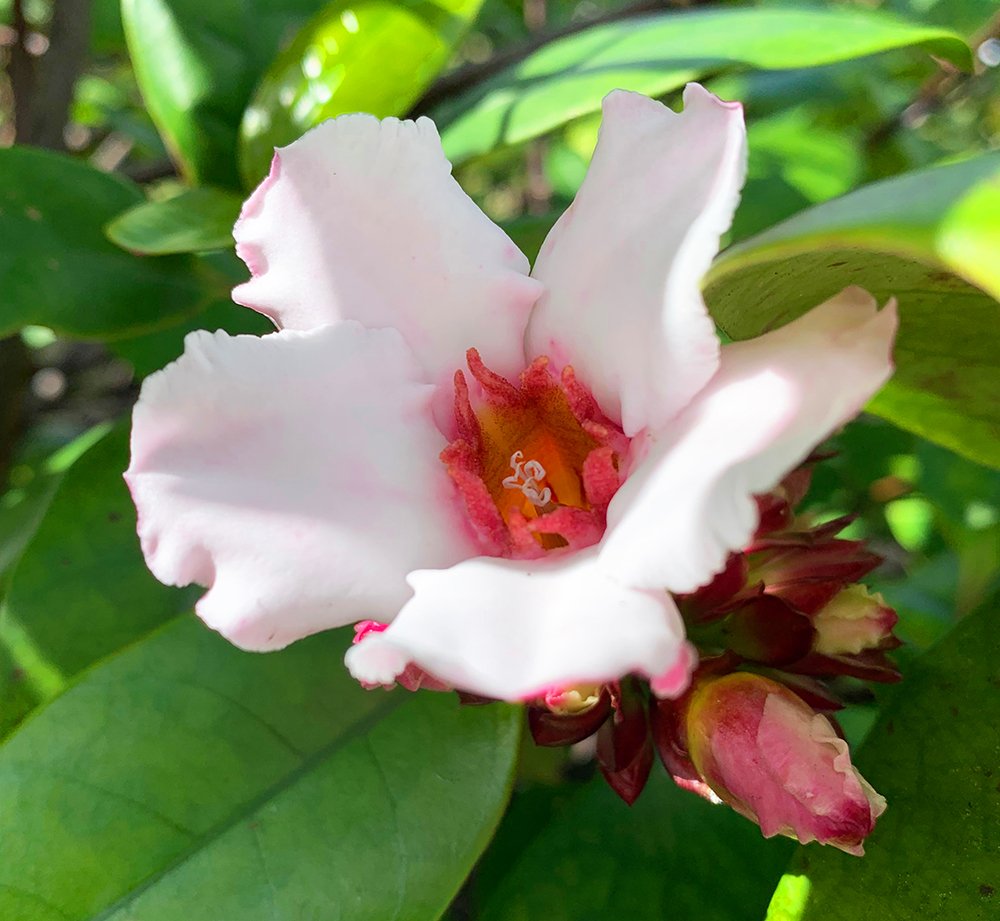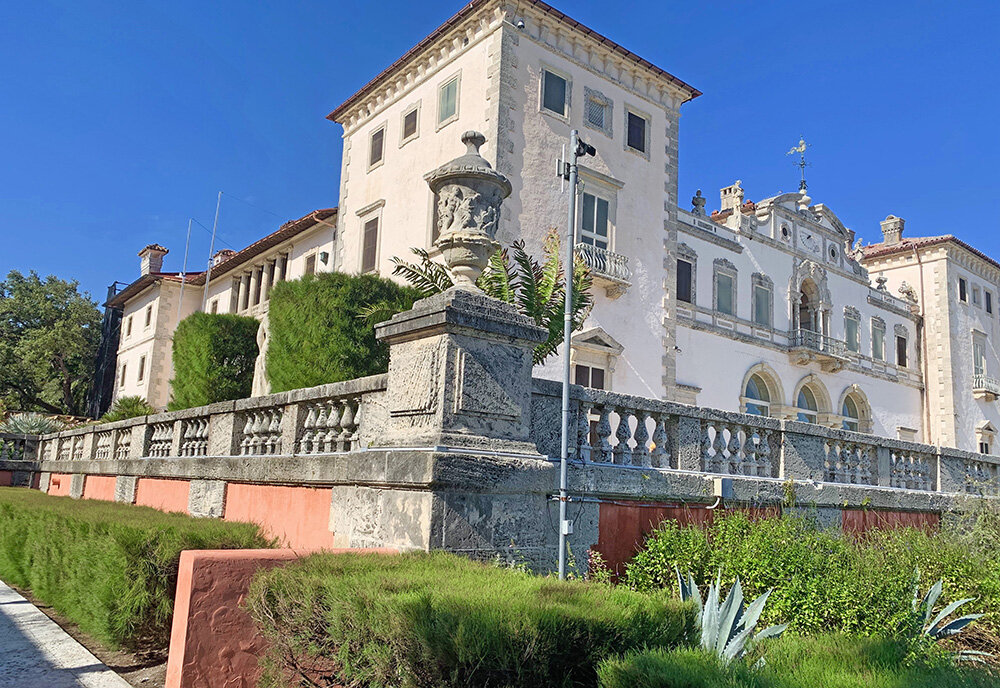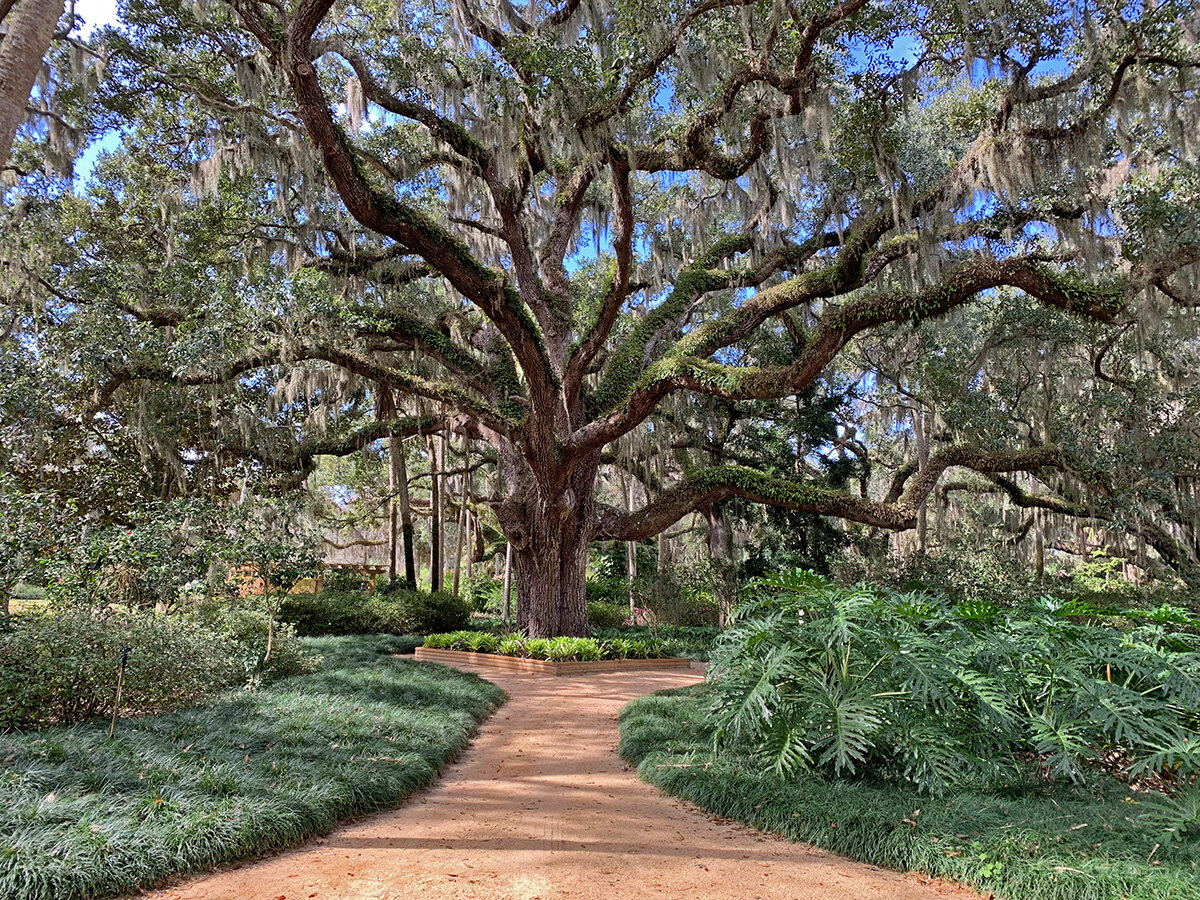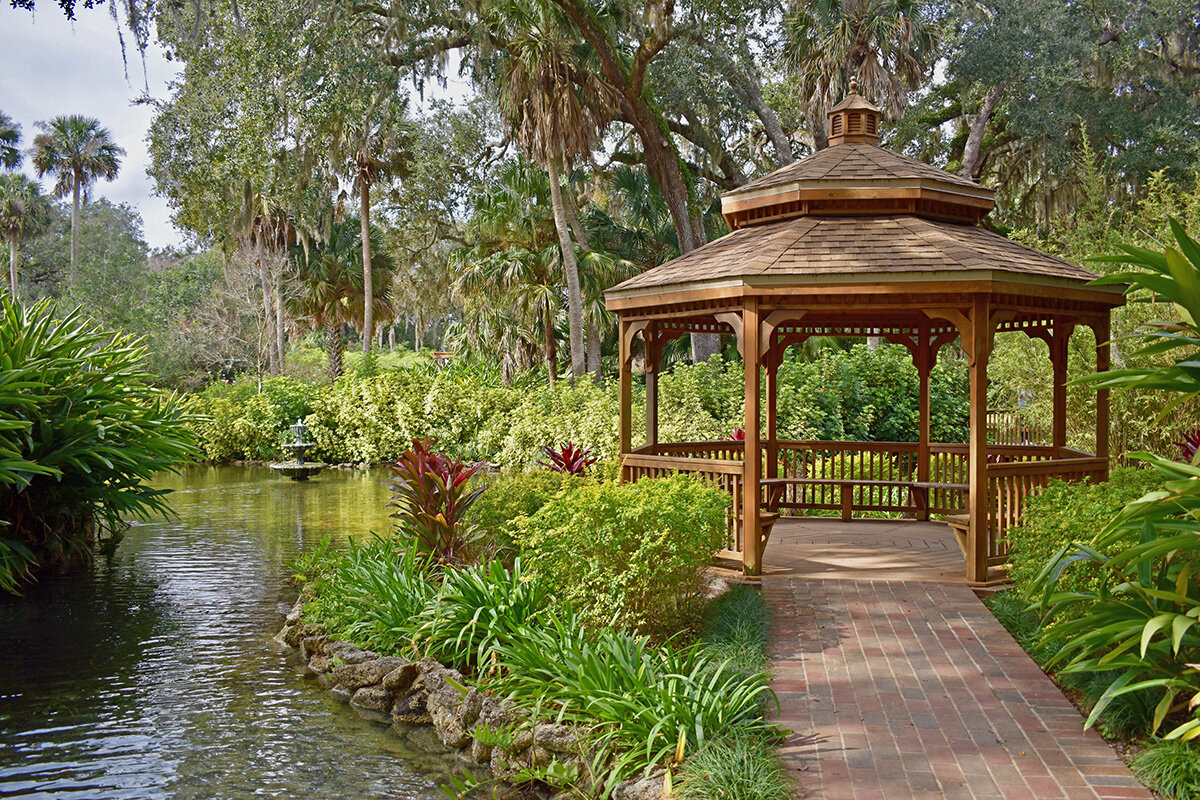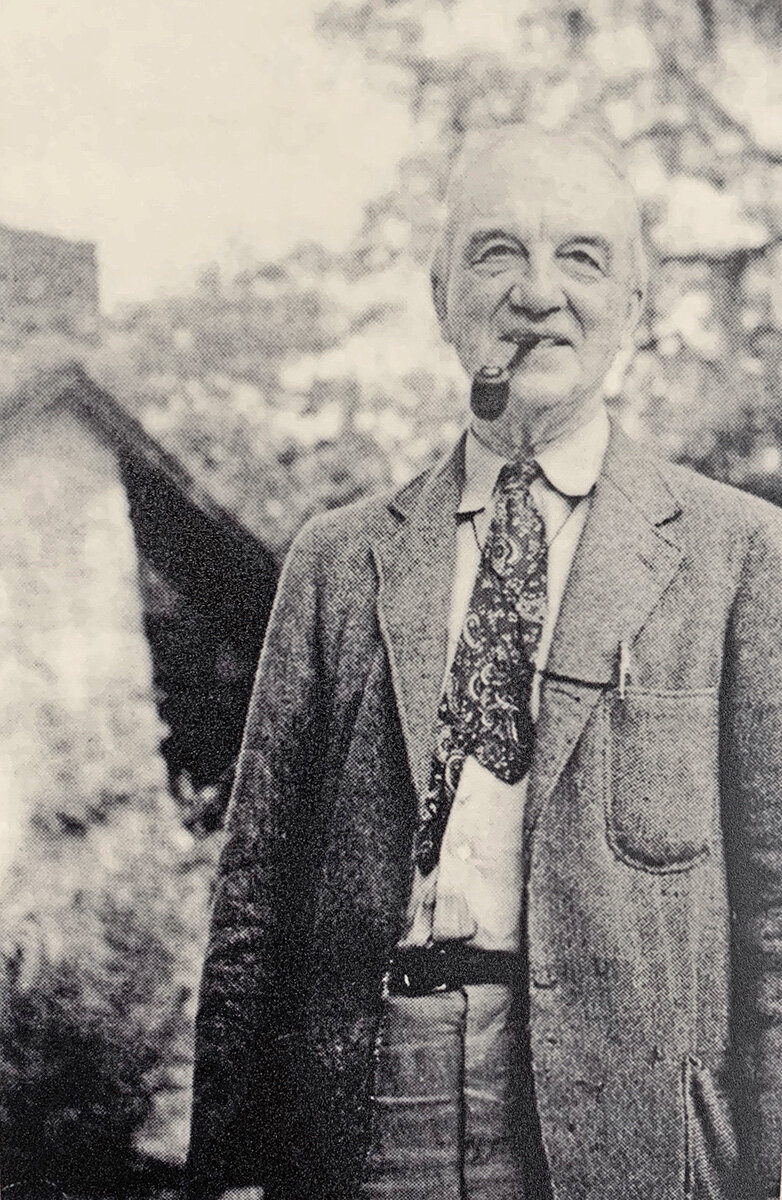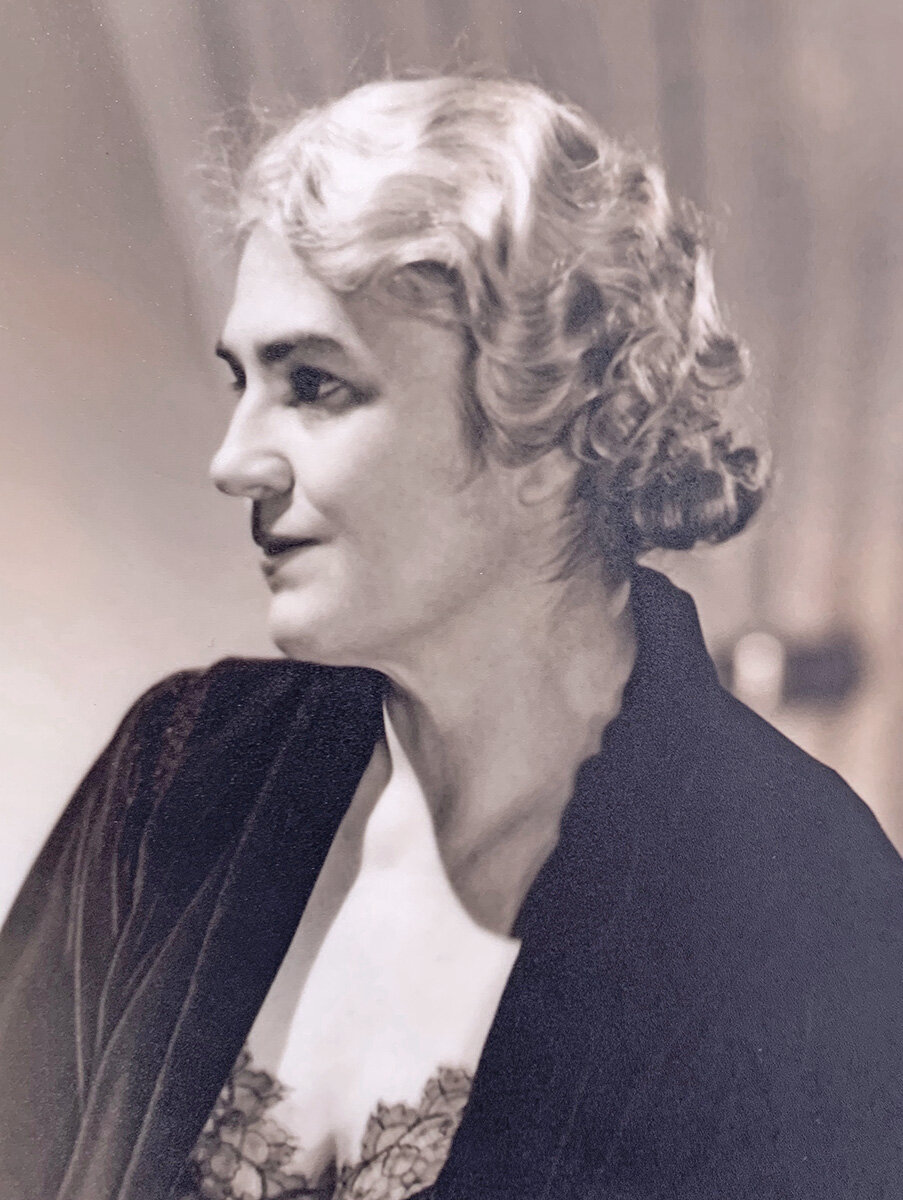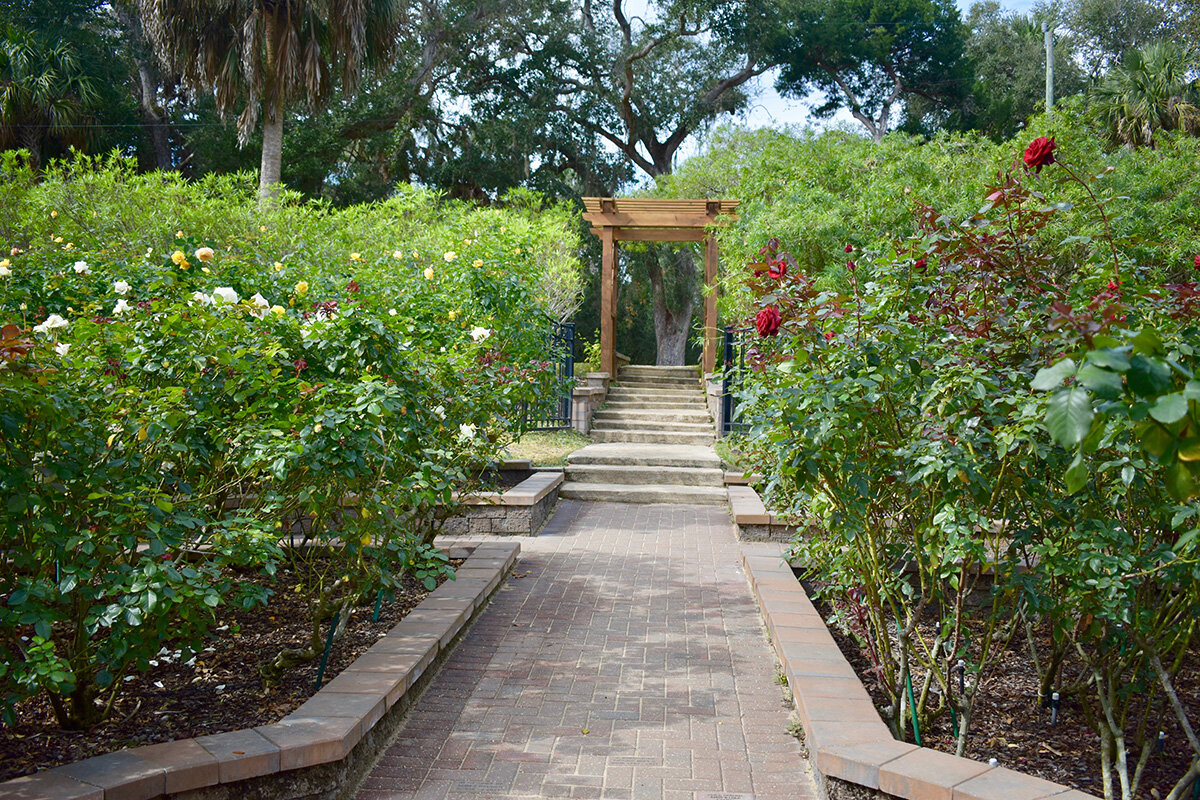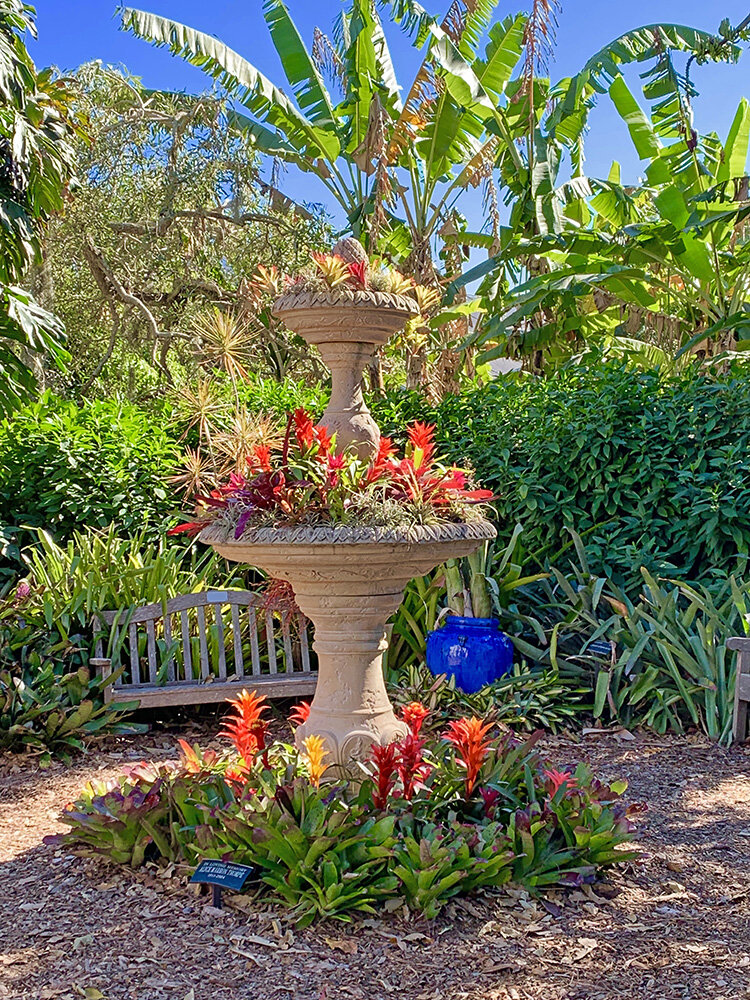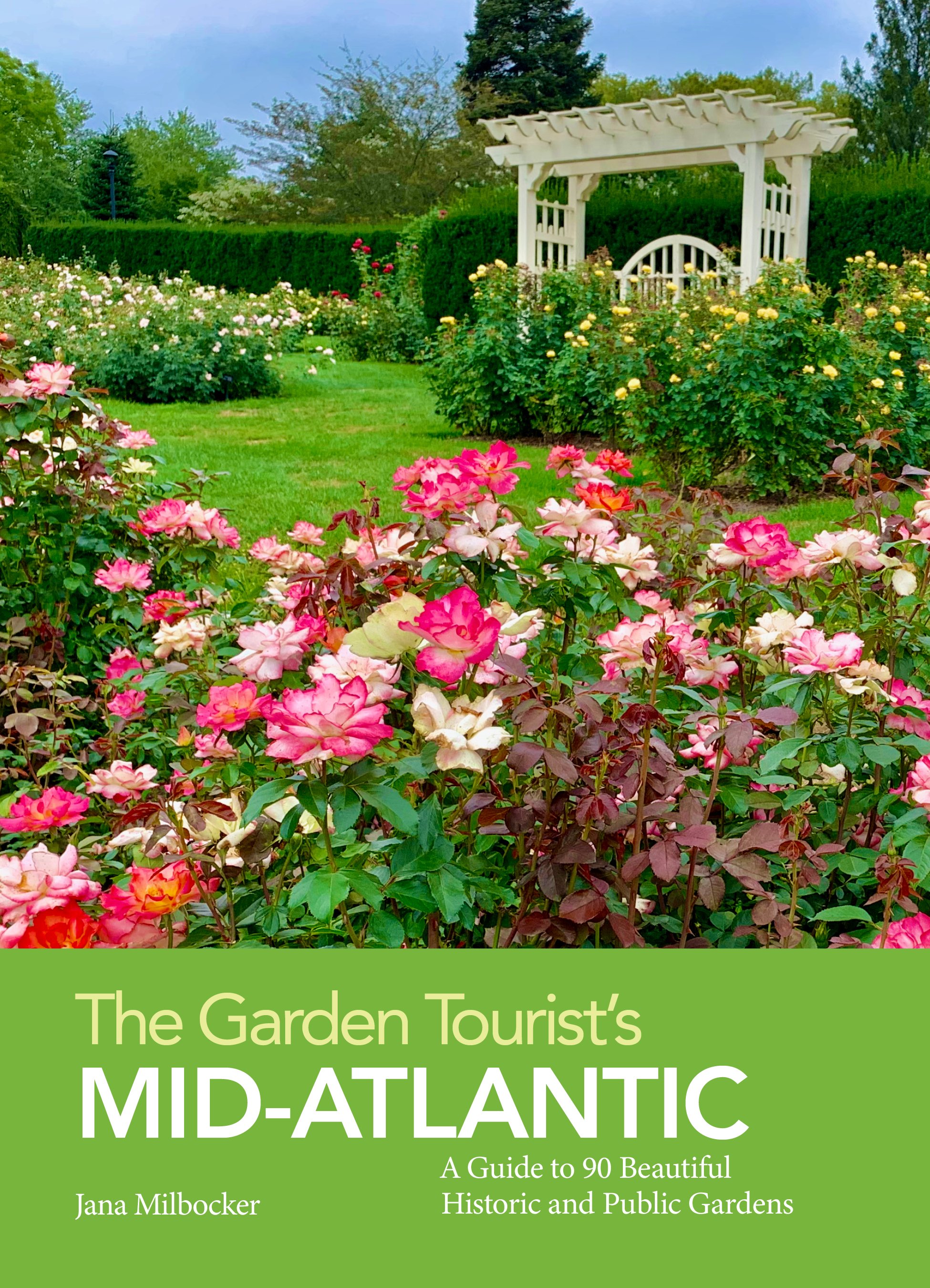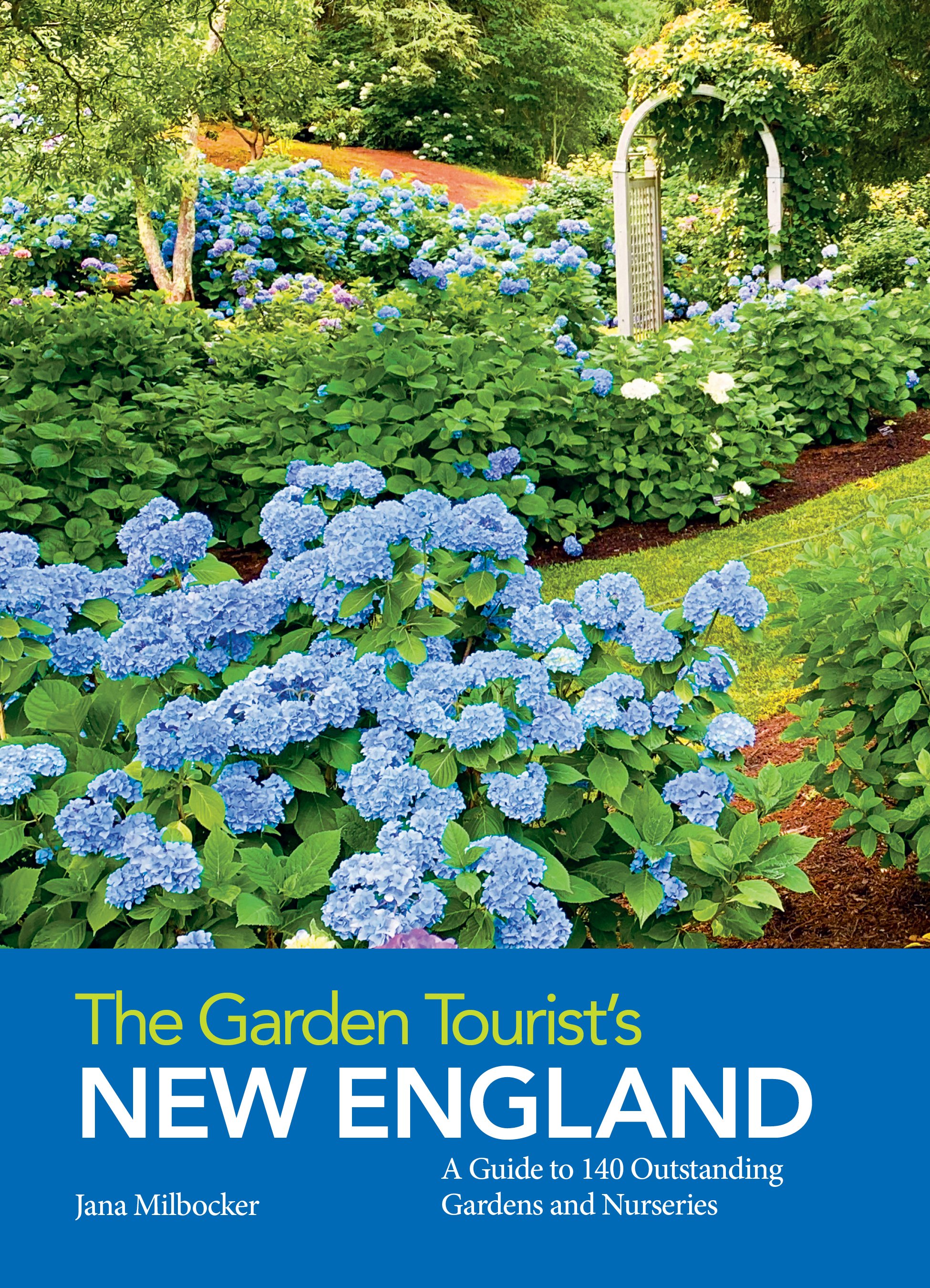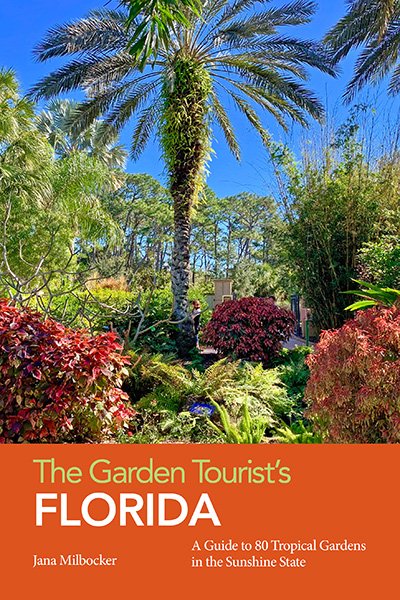Disney World's Whimsical Gardens
/Beyond its rides, characters and attractions, Walt Disney World is one of the largest gardens in the world with more than 40 square miles of plant displays. Walt Disney alway considered landscaping as an integral element of the park. When planning Disneyland in California, he traveled to Europe several times and brought home notebooks filled with inspiration and gardening techniques. He was particularly impressed with Copenhagen’s Tivoli Gardens, and wanted his own parks to overflow with beautiful flowers and color. As a result, floriculture and horticulture have been big features at each of the Disney parks.
To build Walt Disney World, Walt acquired 27,000 acres of mostly swampland and scrub forest in Orlando. The site needed massive improvement before the resort could be built. Thousands of workers moved 8 million cubic yards of soil and built 55 miles of levees and canals to create a blank slate for the design of the landscape.
Each park’s landscape design and accompanying plants serve many purposes and have many distinctive styles. Some, such as Victoria Gardens at Canada in Epcot’s World Showcase, are attractions in their own rights. Most of the gardens function as beautiful set designs, enhancing the theme of each park with their selection of plants, color, layout and accessories. Each park has a style that is carefully orchestrated–whether it is the turn-of-the-century, small-town America style of Main Street USA in The Magic Kingdom, or the relaxed vibe and tropical, lush plantings of Typhoon Lagoon. Much of Animal Kingdom evokes the landscapes Asia, with plants and cultural elements from India, Tibet, Thailand and many other countries.
Nowhere are the landscapes more varied than at Epcot, where each of the pavilions in the World Showcase features plants and designs that reflect its country of origin. Whenever possible, plants native to each country are used, whether it is olive trees in Italy, or Japanese maples in Japan. The landscape design and architectural features truly make you feel like you have stepped into another country—whether it is the Shakespeare parterre with a bust of the poet in Britain; or a pond encircled with bamboo and panda topiaries in China; or Future World’s sweeping geometric beds of brightly colored flowers that underscore the contemporary style of Spaceship Earth.
Many of the plantings have practical purposes as well. Tall trees provide a shady respite from the sun, and groupings of plants screen unwanted views and distractions. Islands of plantings direct traffic throughout the park, and provide privacy and cozy enclosures for dining and relaxation.
When you look at Disney World’s statistics, the size of the operation becomes evident. Between 700 and 800 horticultural professionals tend 3.5 million bedding plants, herbs and vegetables, and care for the 175,000 trees, 4 million shrubs, 13,000 rose bushes, and 800 hanging baskets. They create more than 200 pieces of topiary, from traditionally sculpted hedges to fanciful three-dimensional Disney characters. The plants come from about 50 countries and every continent except Antarctica.
The work of the horticultural team goes far beyond the creation of the beautiful landscapes. The team also grows food for the guests in The Land Pavilion, testing new techniques and growing a whopping 30 tons of fruits, vegetables and herbs that are served in Disney World restaurants and donated to local food banks. They also select and tend plants for the animals at Disney’s Animal Kingdom, and make sure that the horticulture in these locations is edible, safe and palatable for the animals living there. With 2,000 acres of grass that needs to be pristine at all times, there are staff members dedicated to mowing and fertilizing these extensive lawns. Disney World horticulturists also partner with The University of Florida to explore new techniques in horticulture and conservation for responsible stewardship of the landscape.
An excellent time for visit Disney World is during the annual Epcot International Flower and Garden Festival, which typically runs from March through May. The three-month spectacle features additional gardens and topiaries, outdoor kitchens with special foods, and talks and activities centered around home gardening. Epcot also features the Living with the Land attraction, a gentle boat tour through multimedia agricultural displays and the four working greenhouse of The Land Pavilion. You can also take the Behind the Seeds Tour here to discover the Disney’s innovative gardening techniques.
For more Florida gardens to visit, see The Garden Tourist’s Florida: 80 Tropical Gardens in the Sunshine State.

